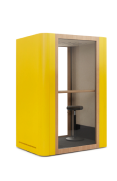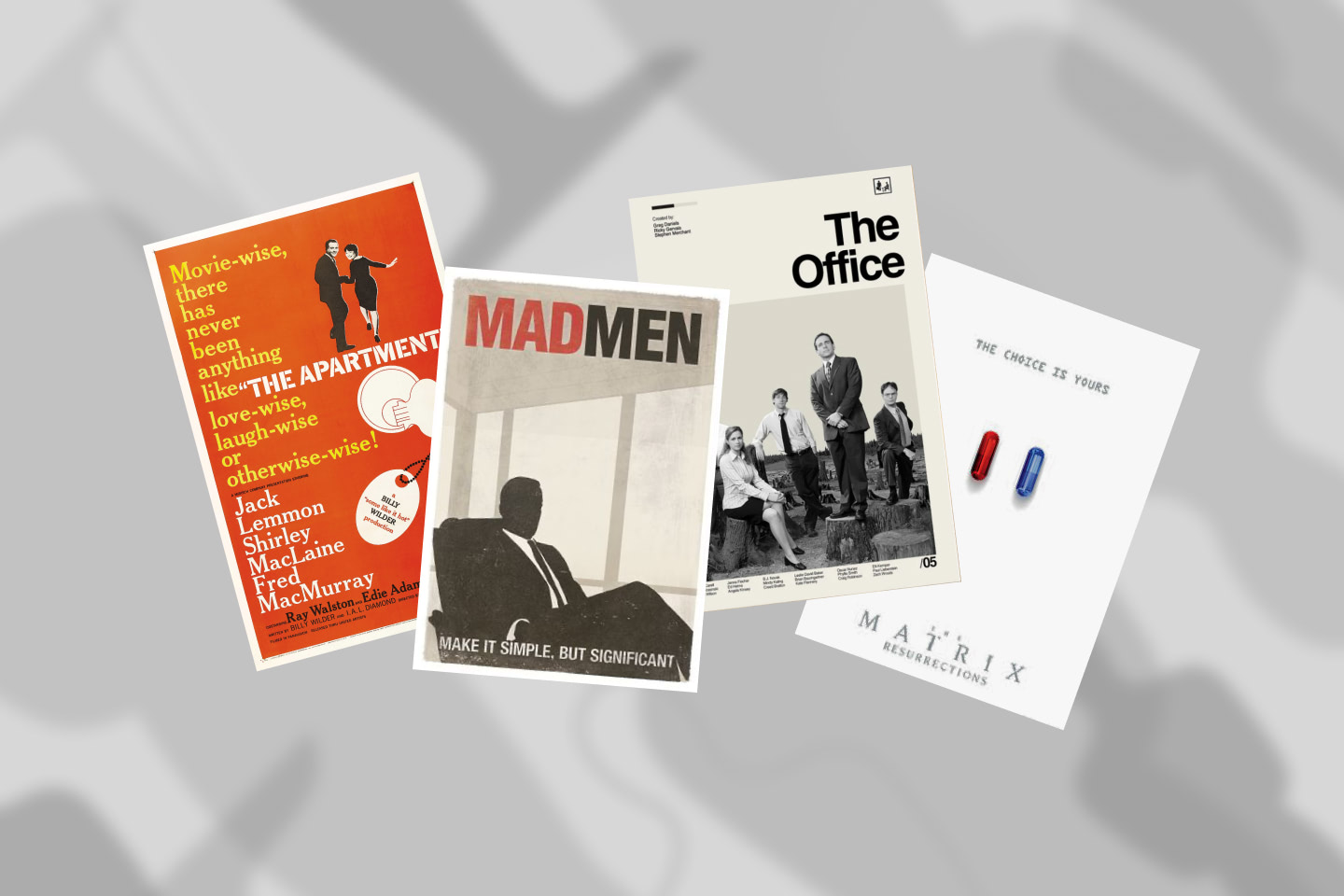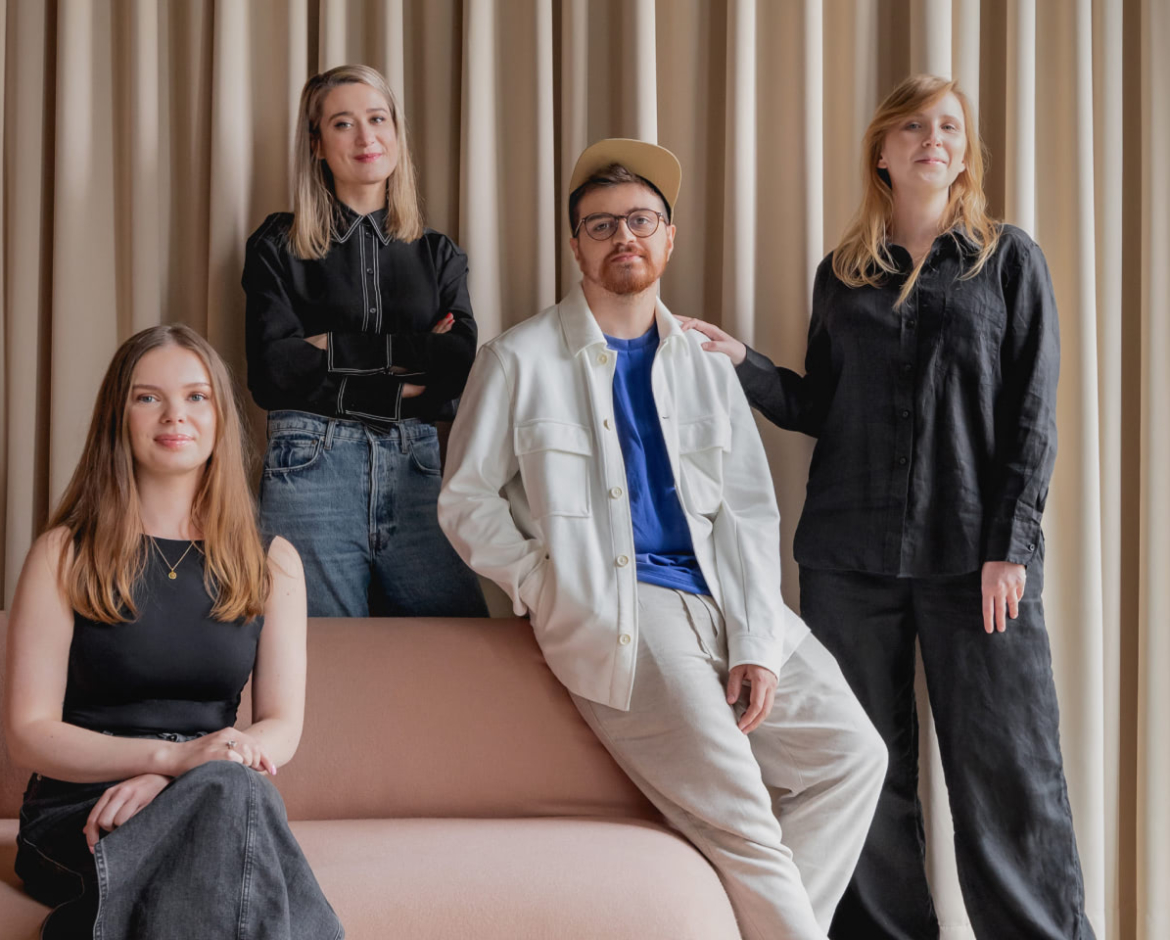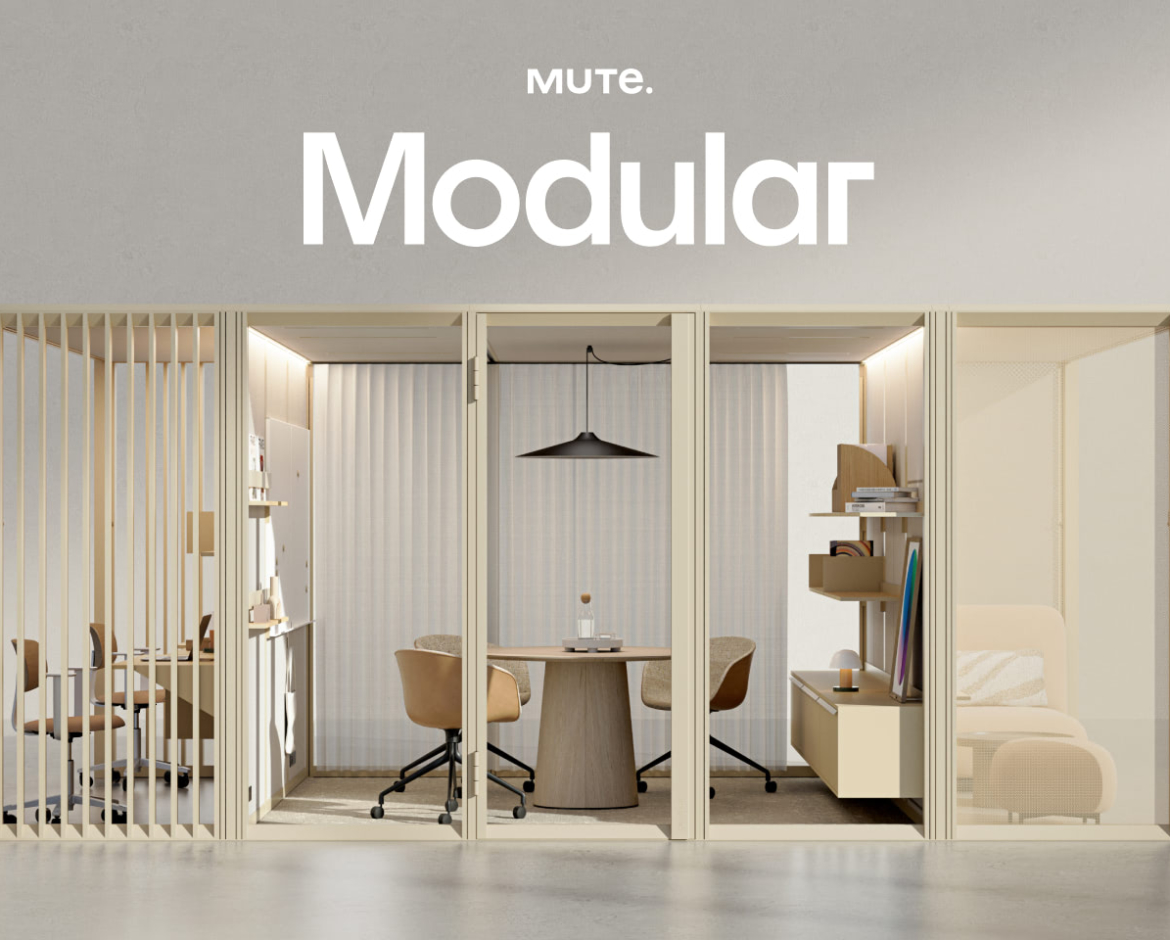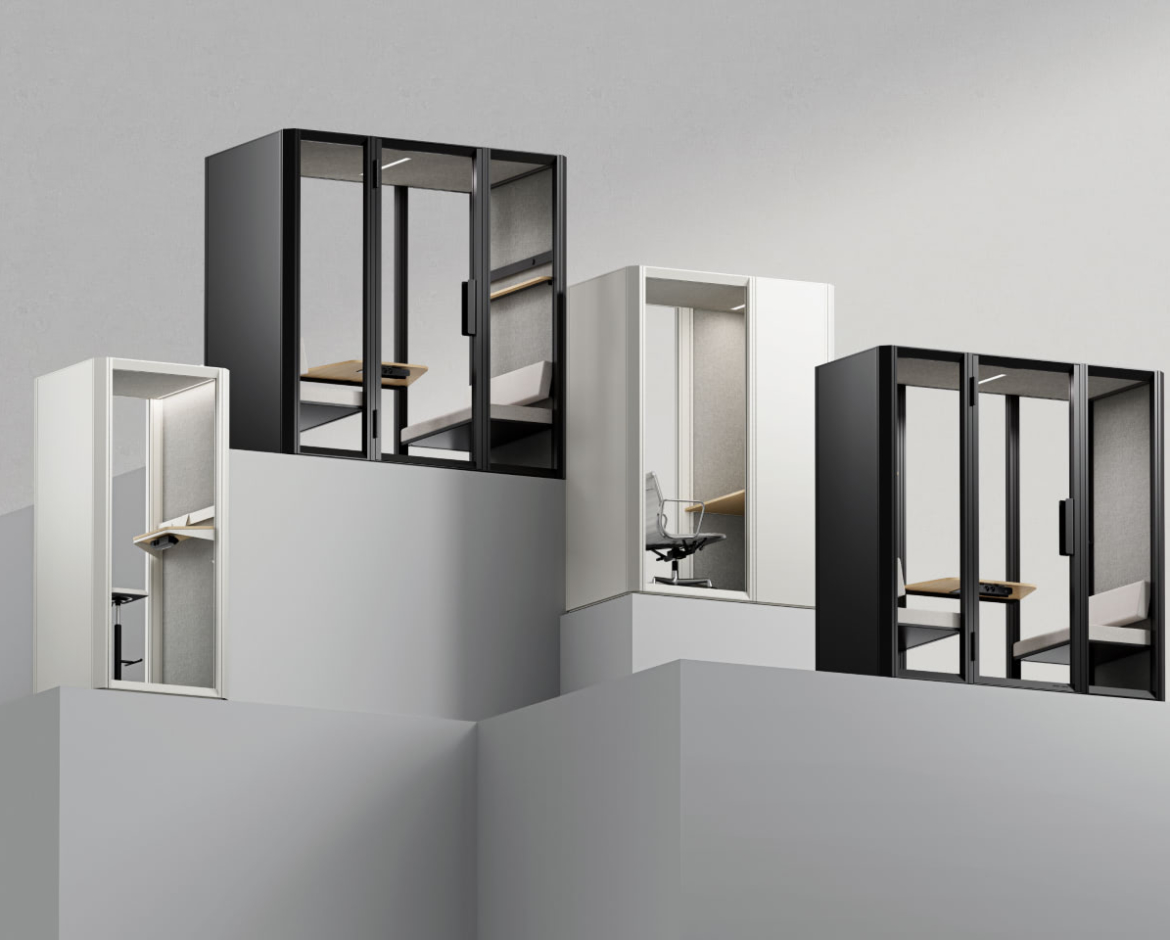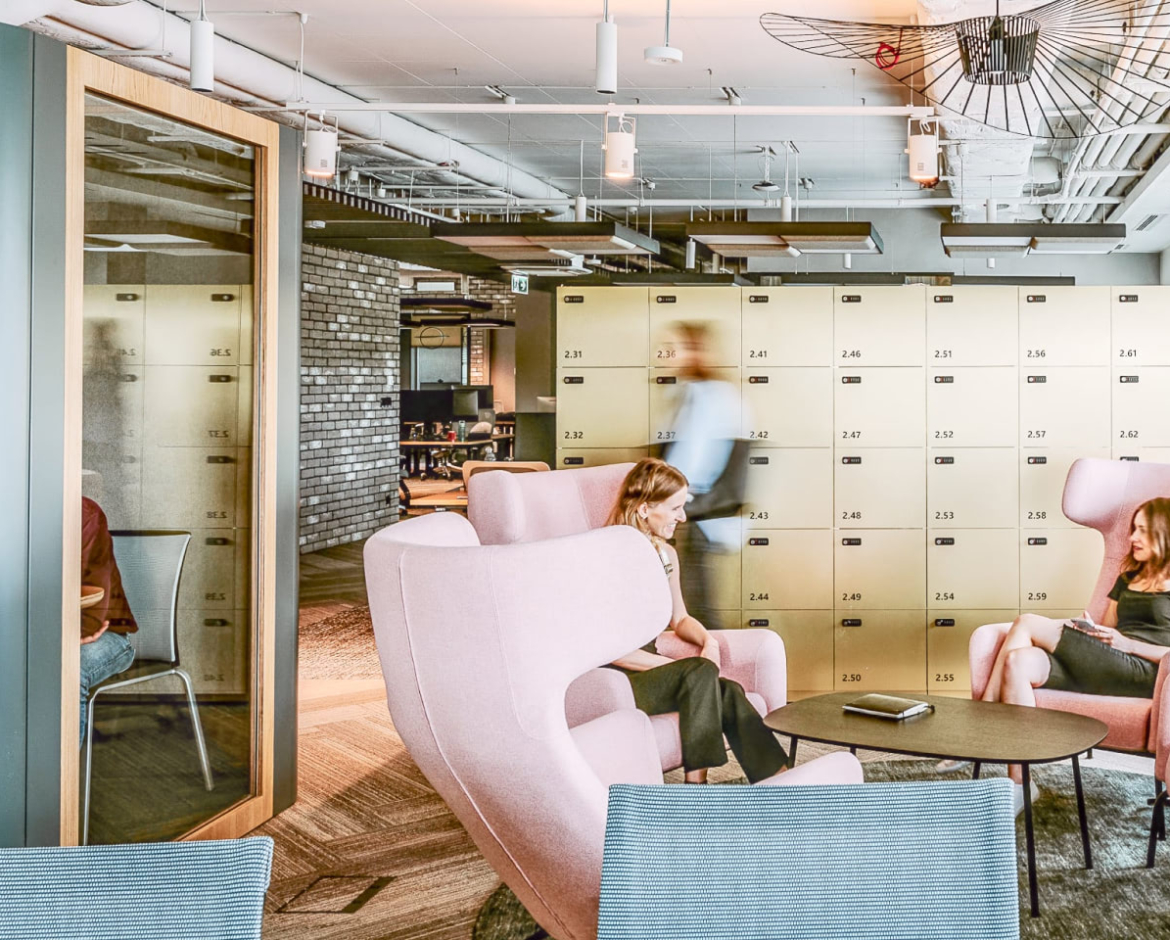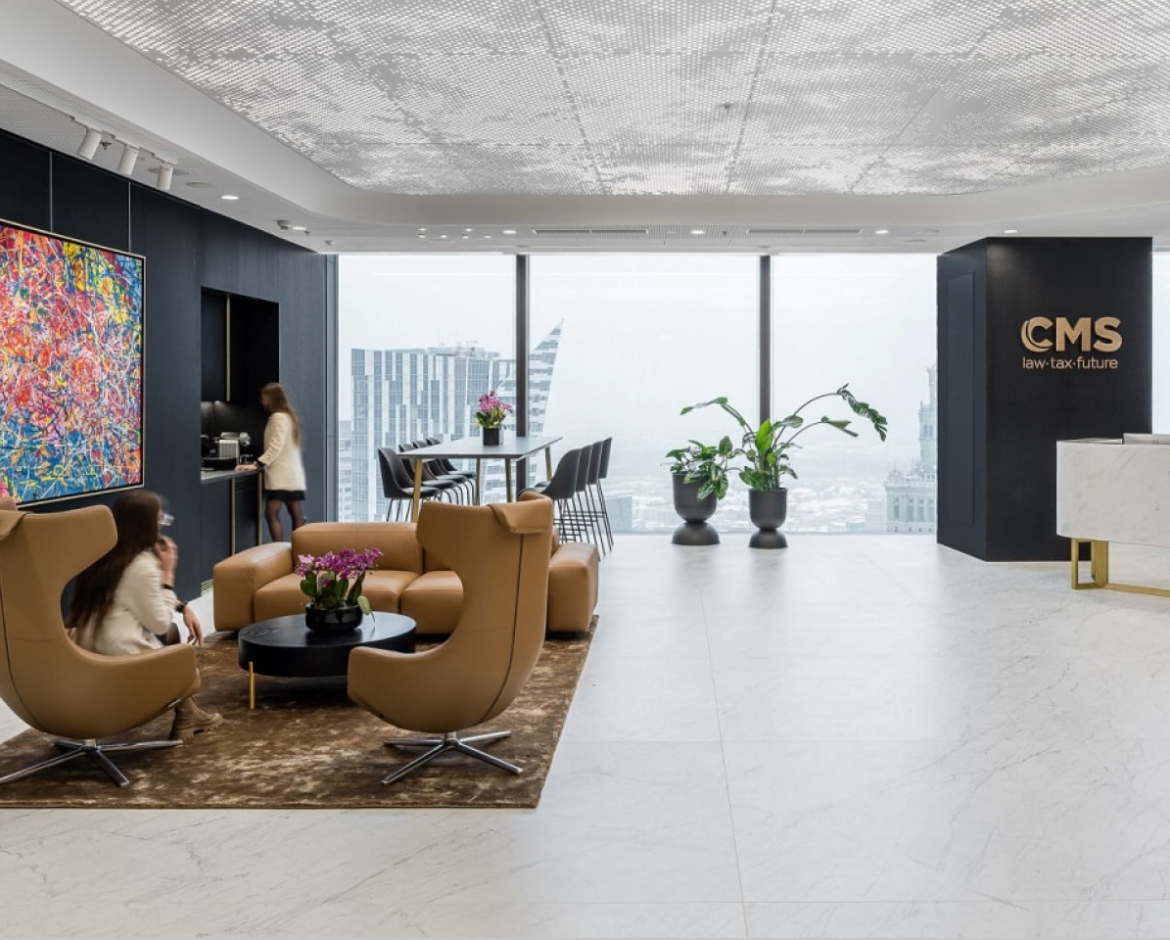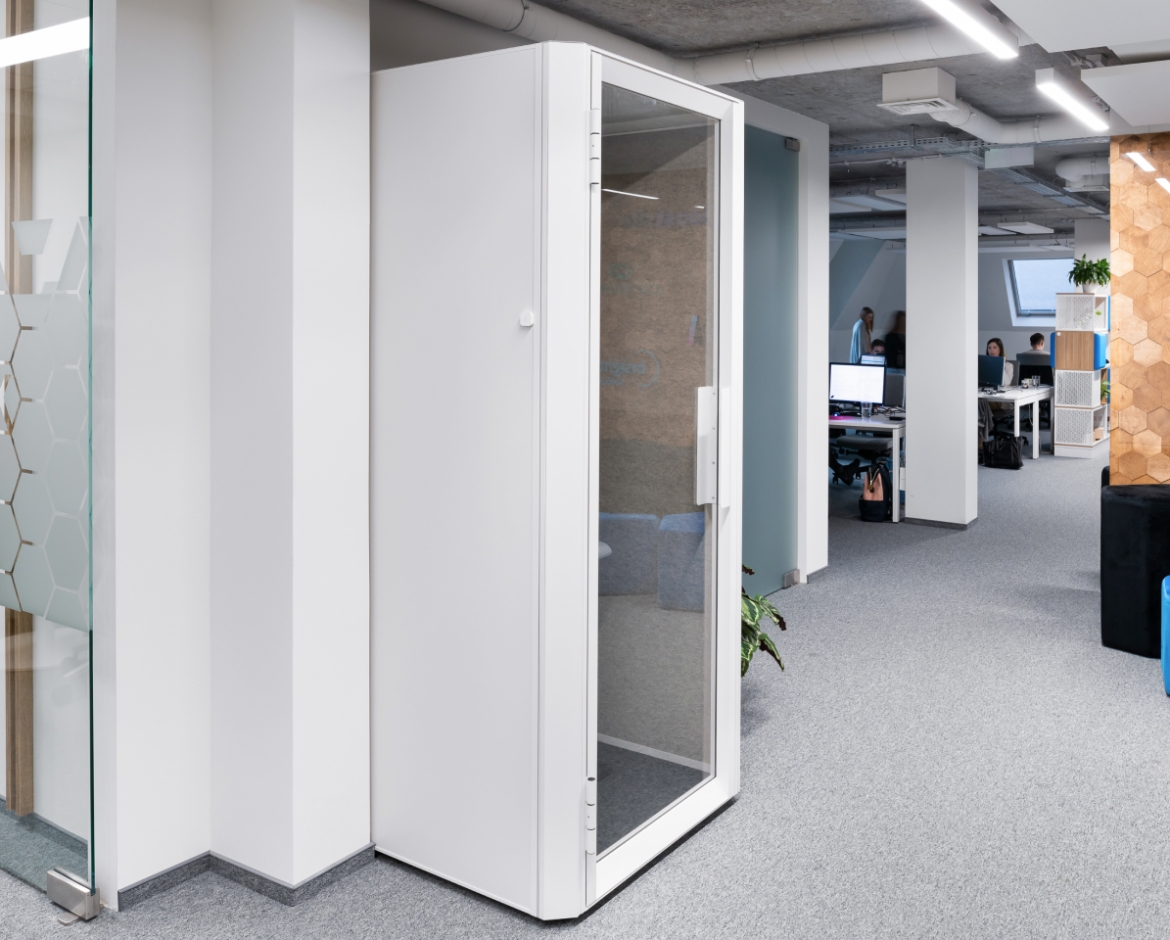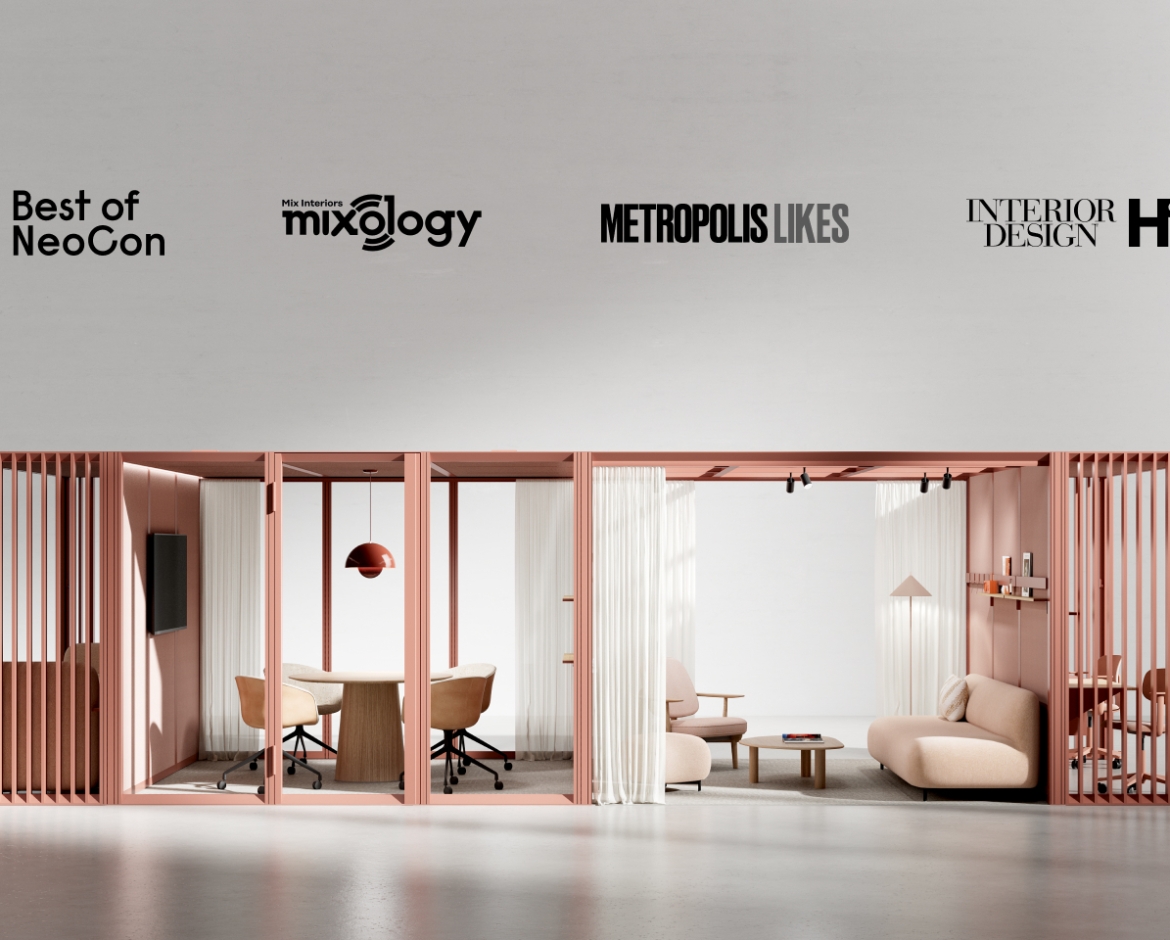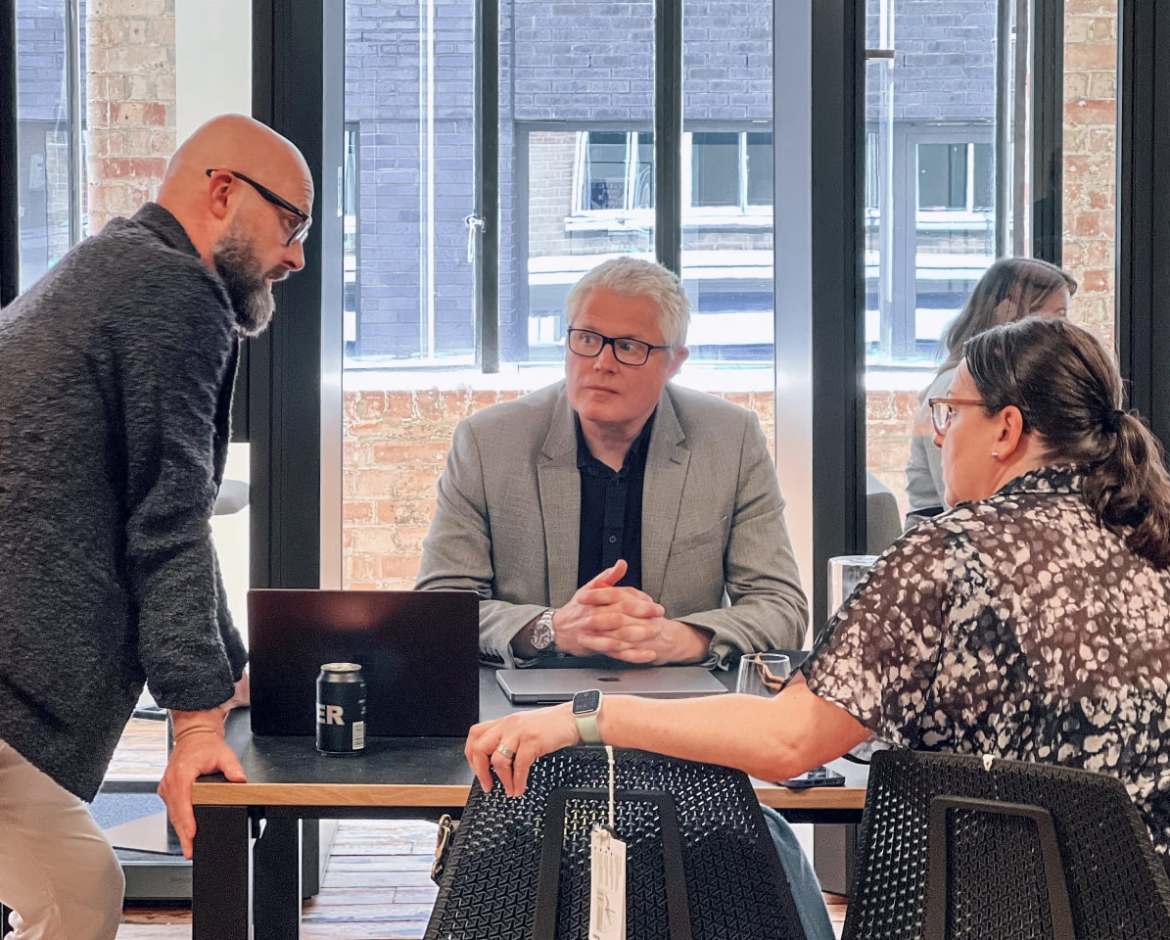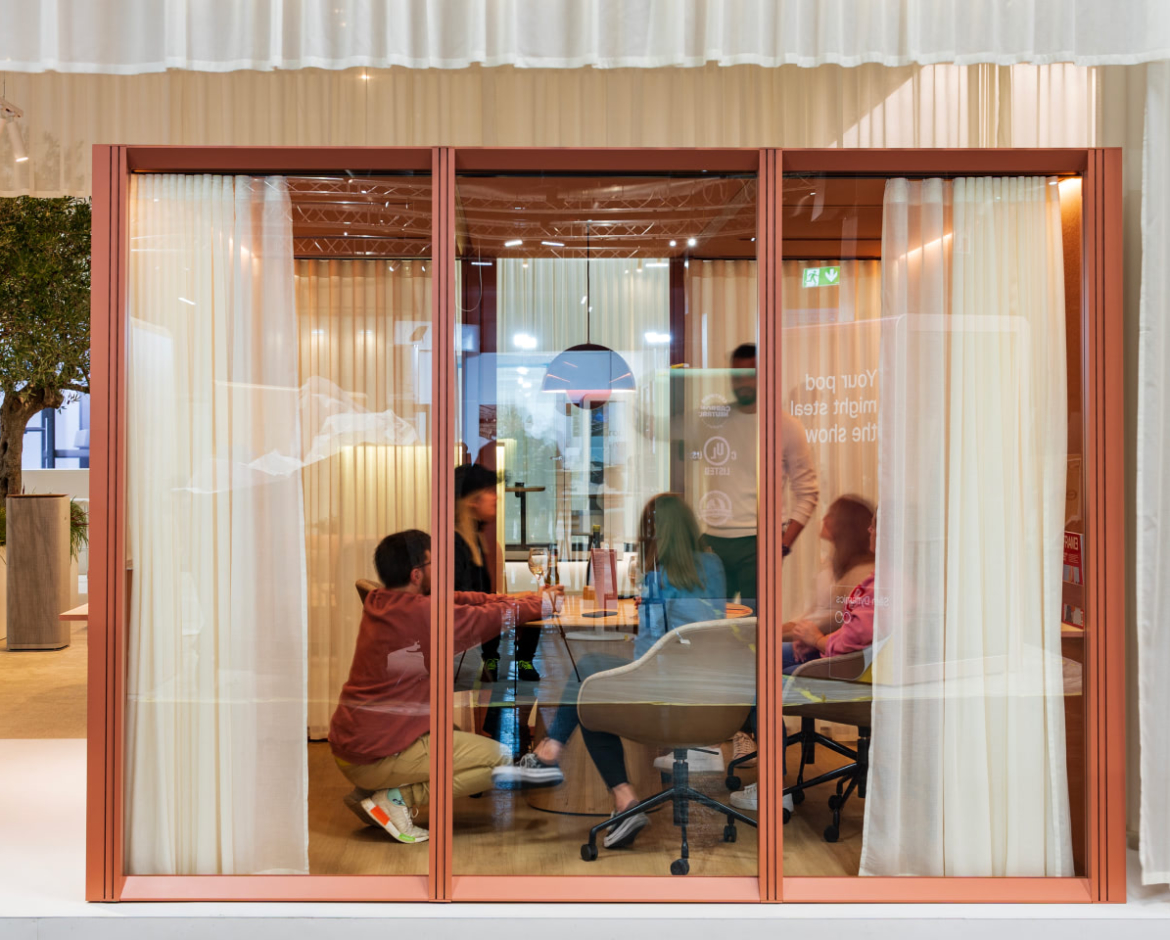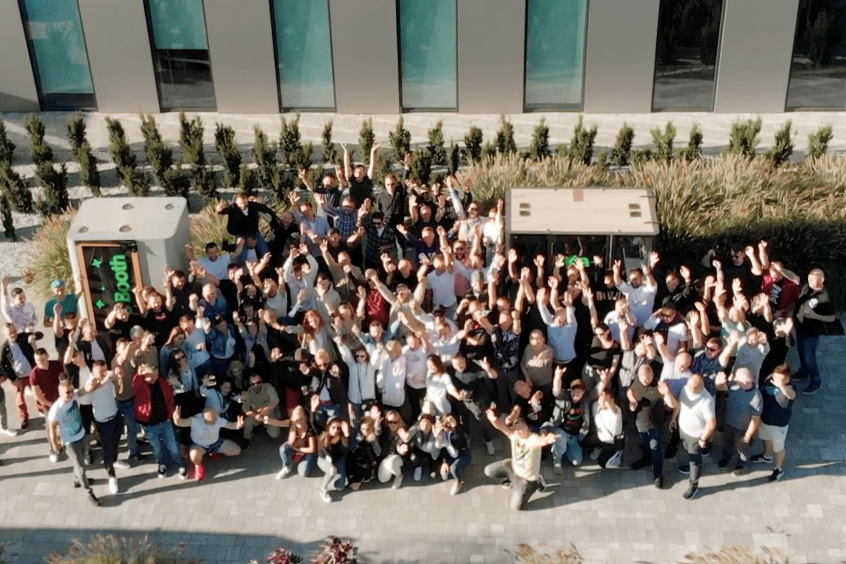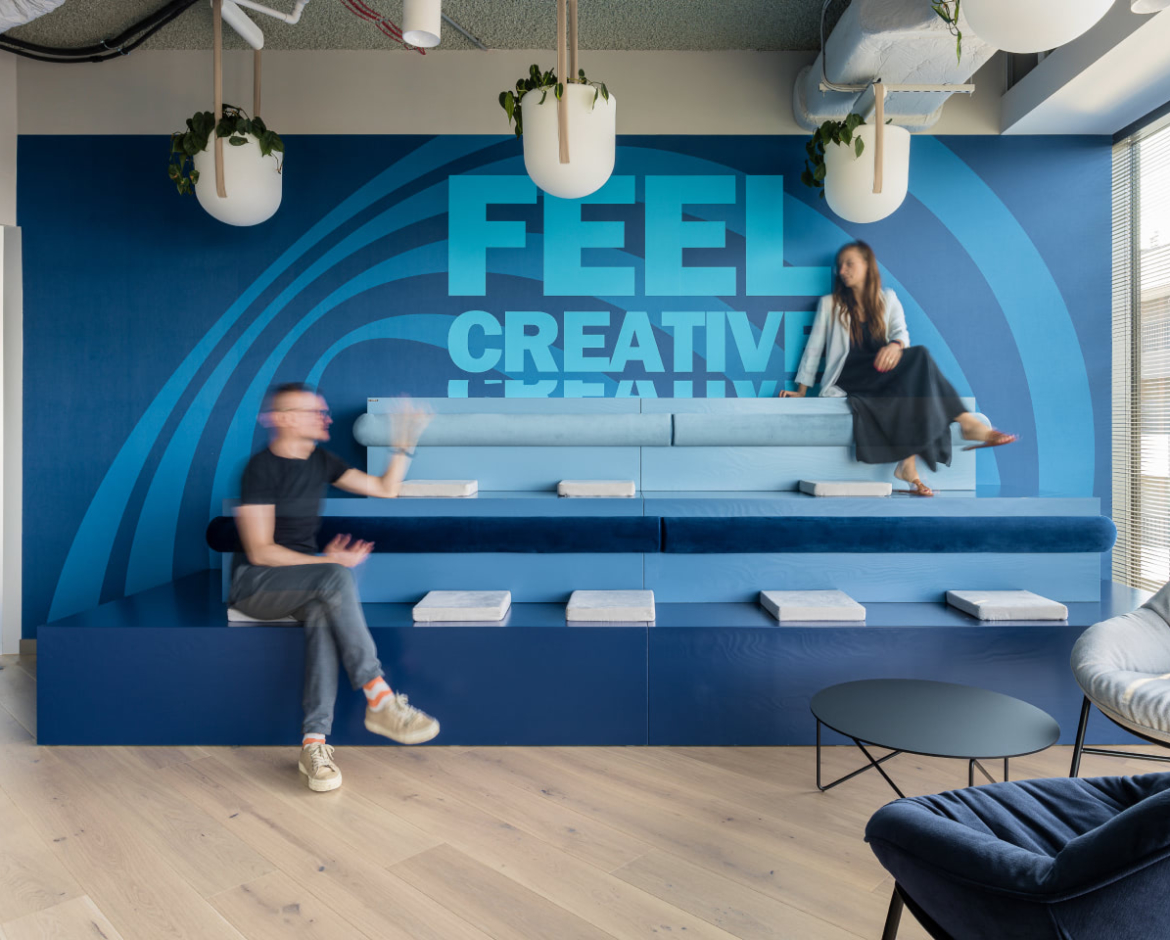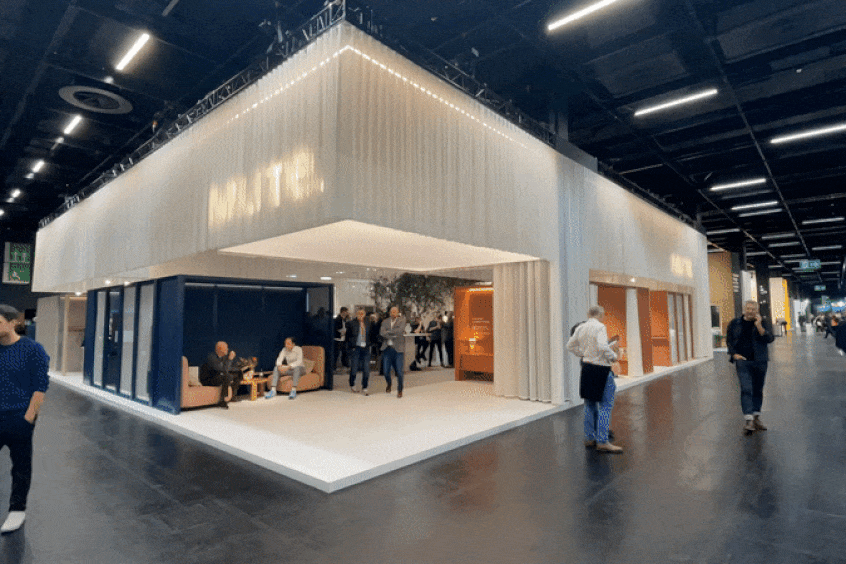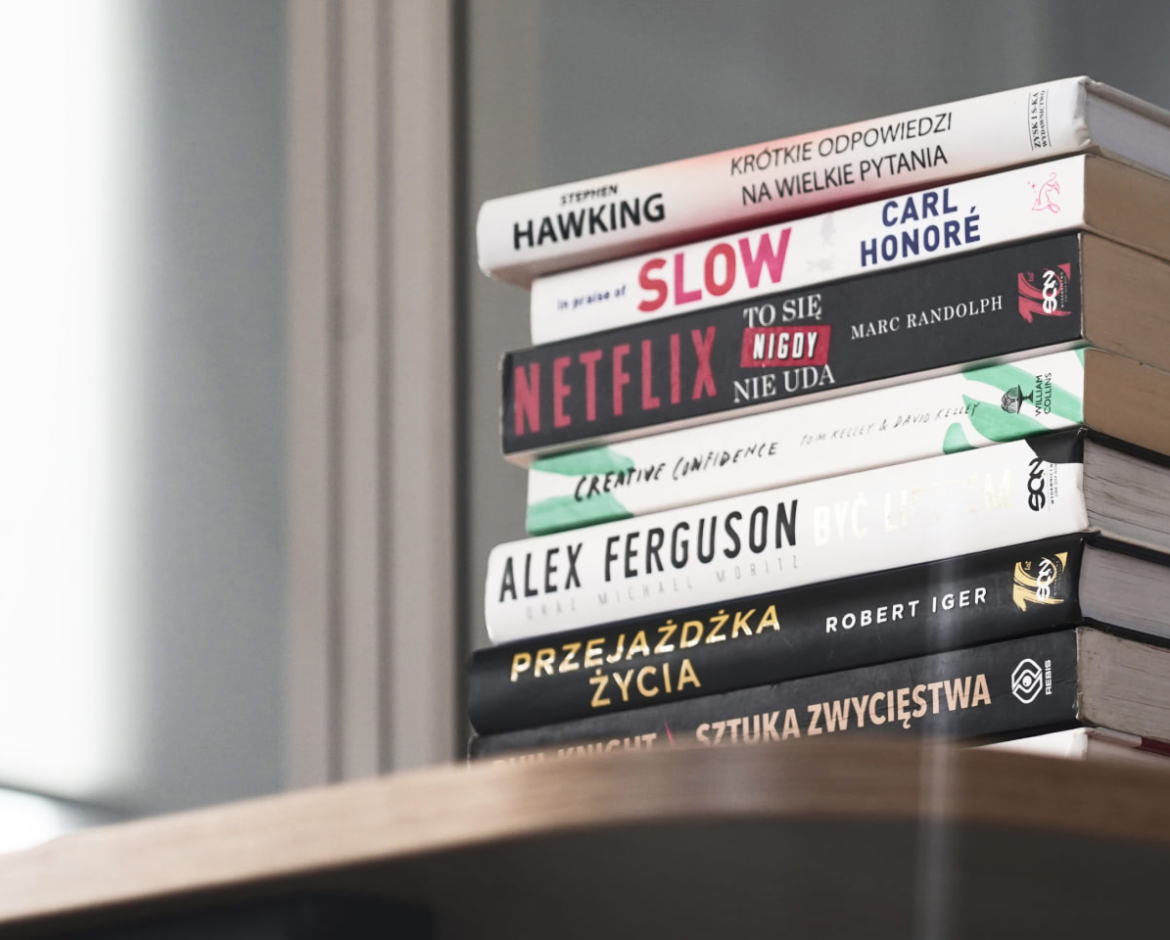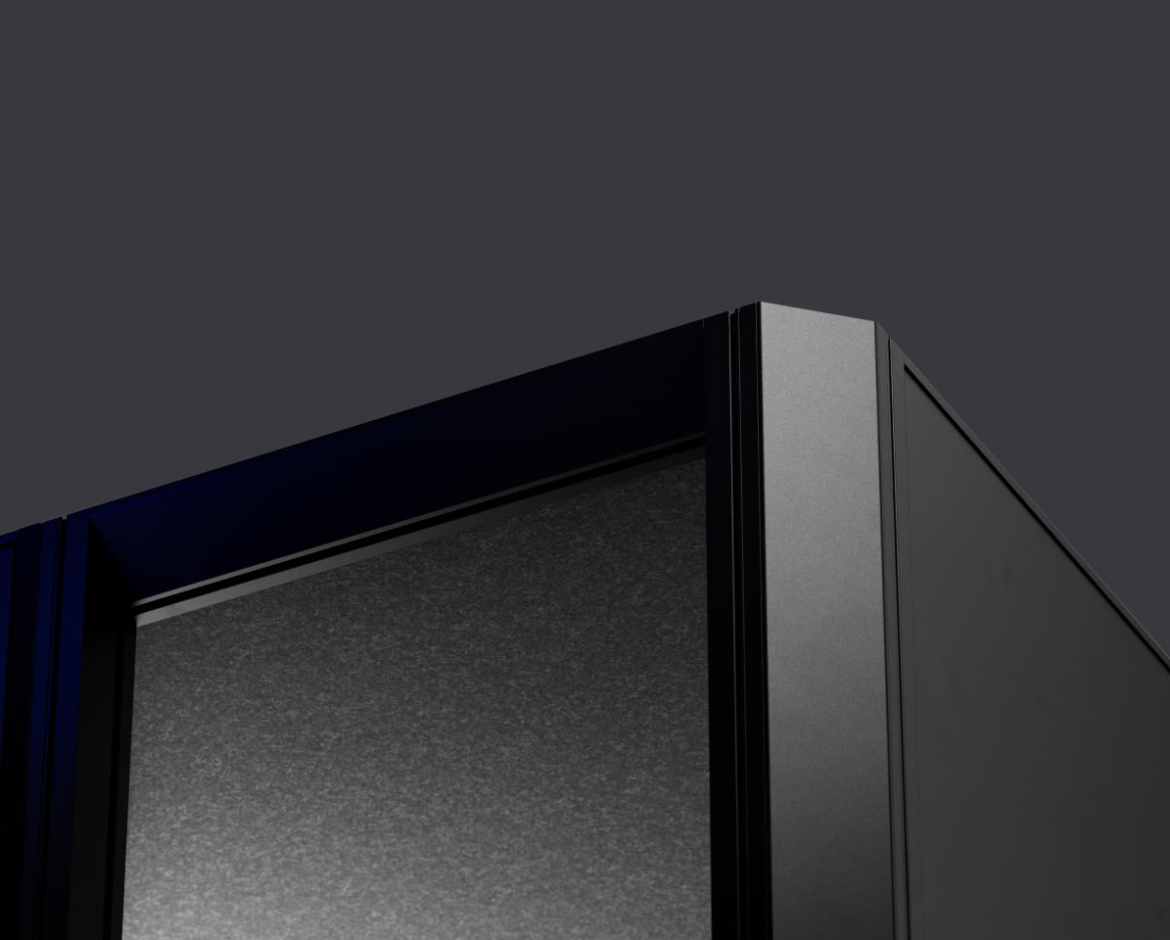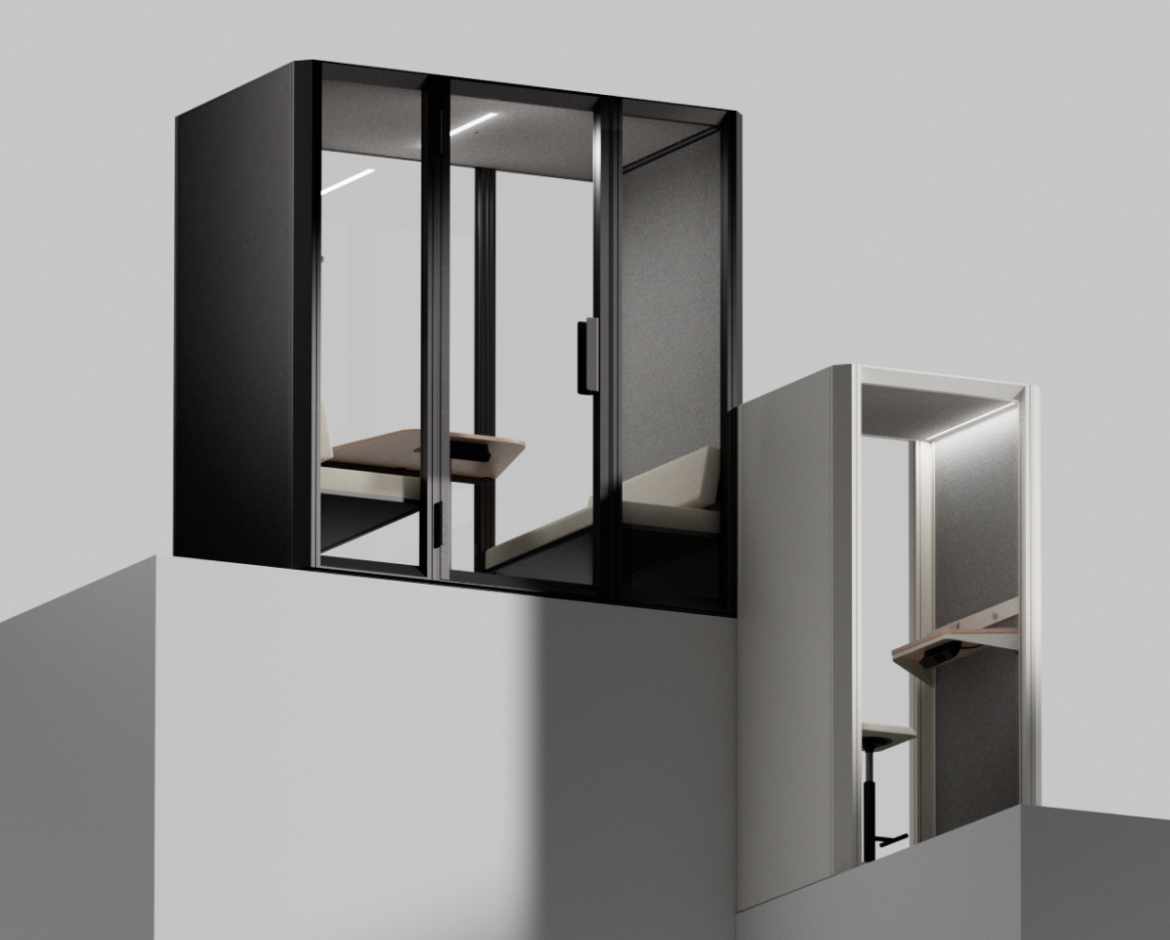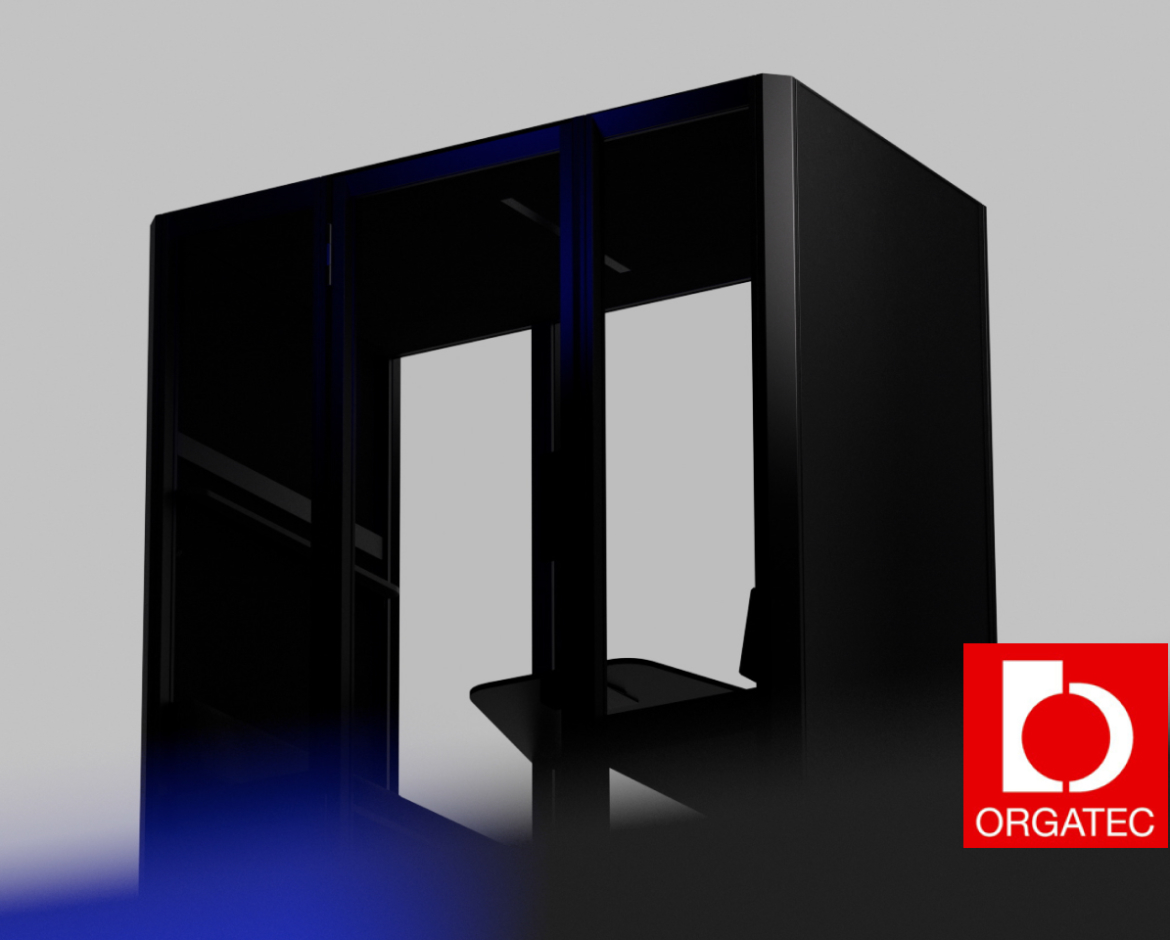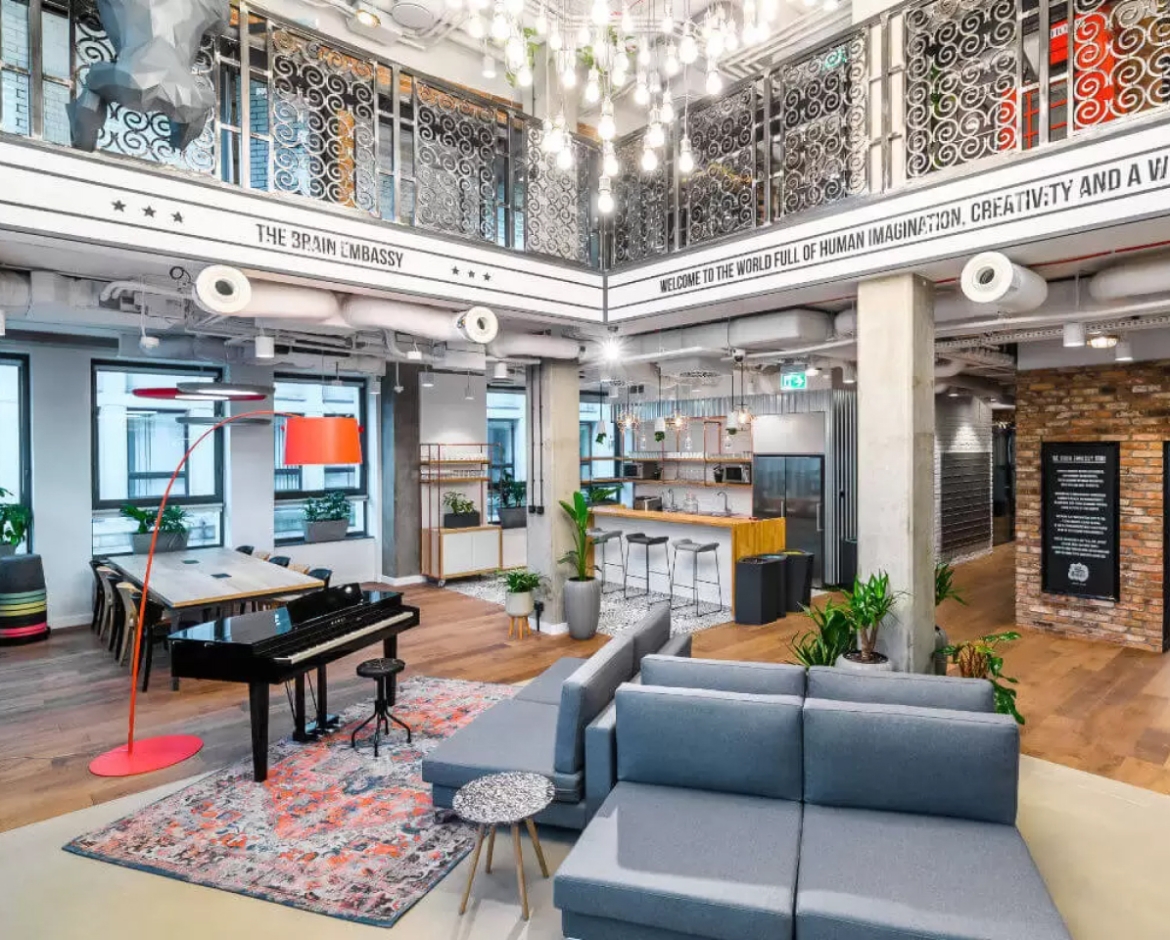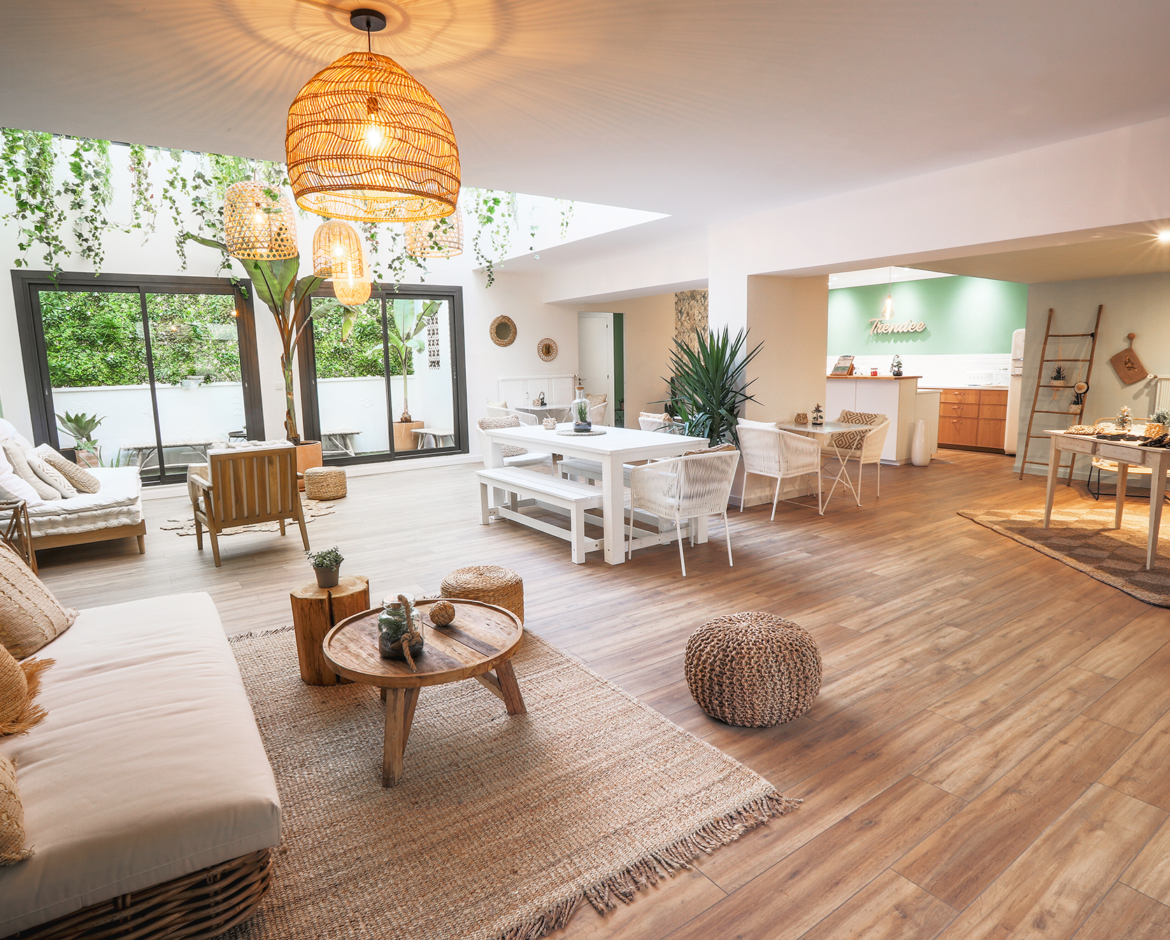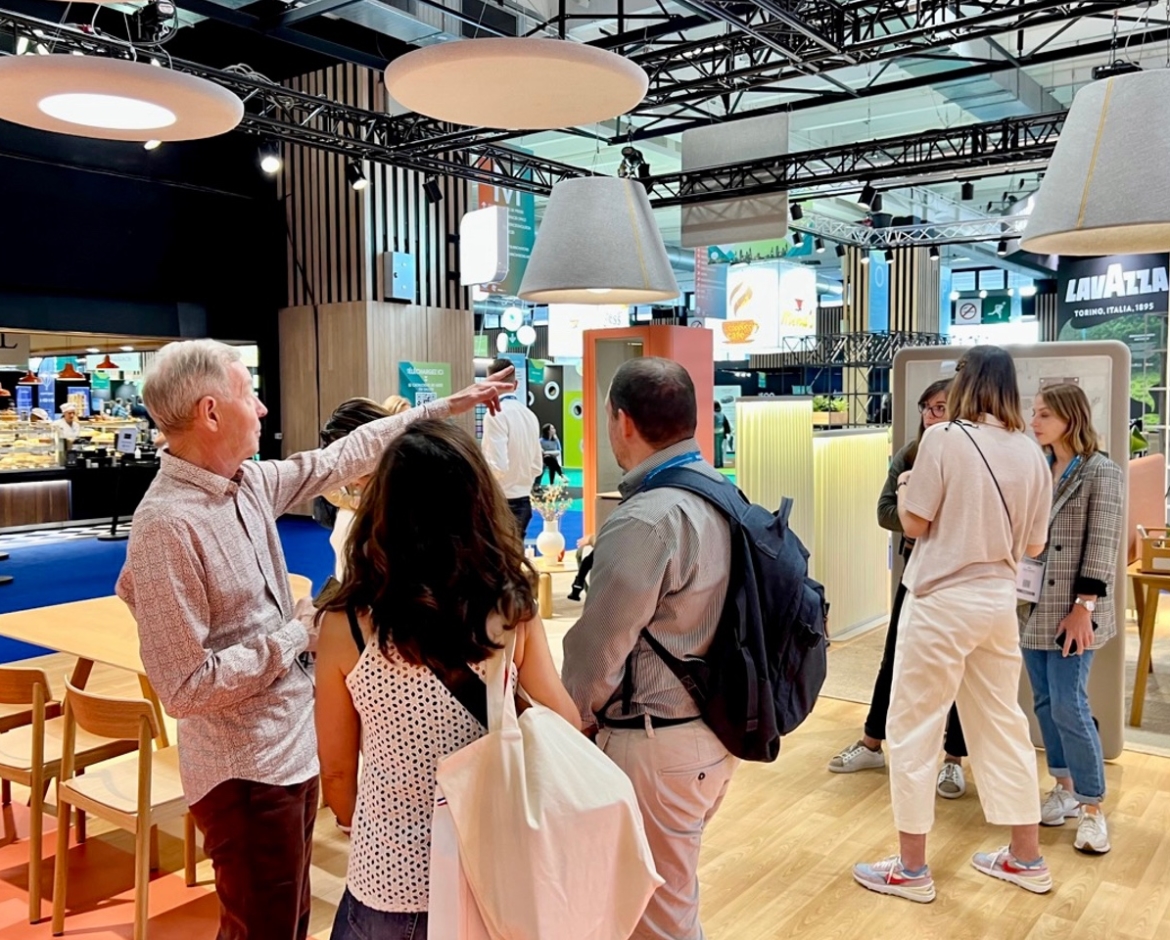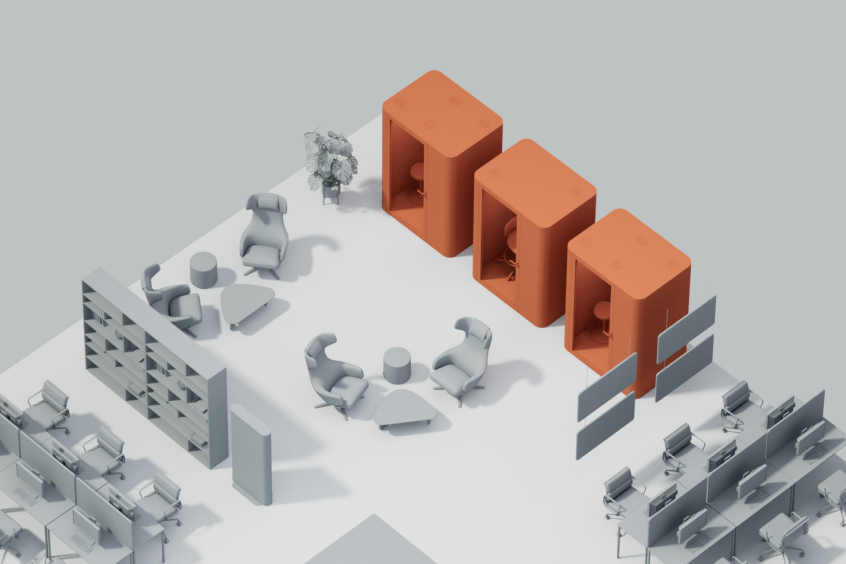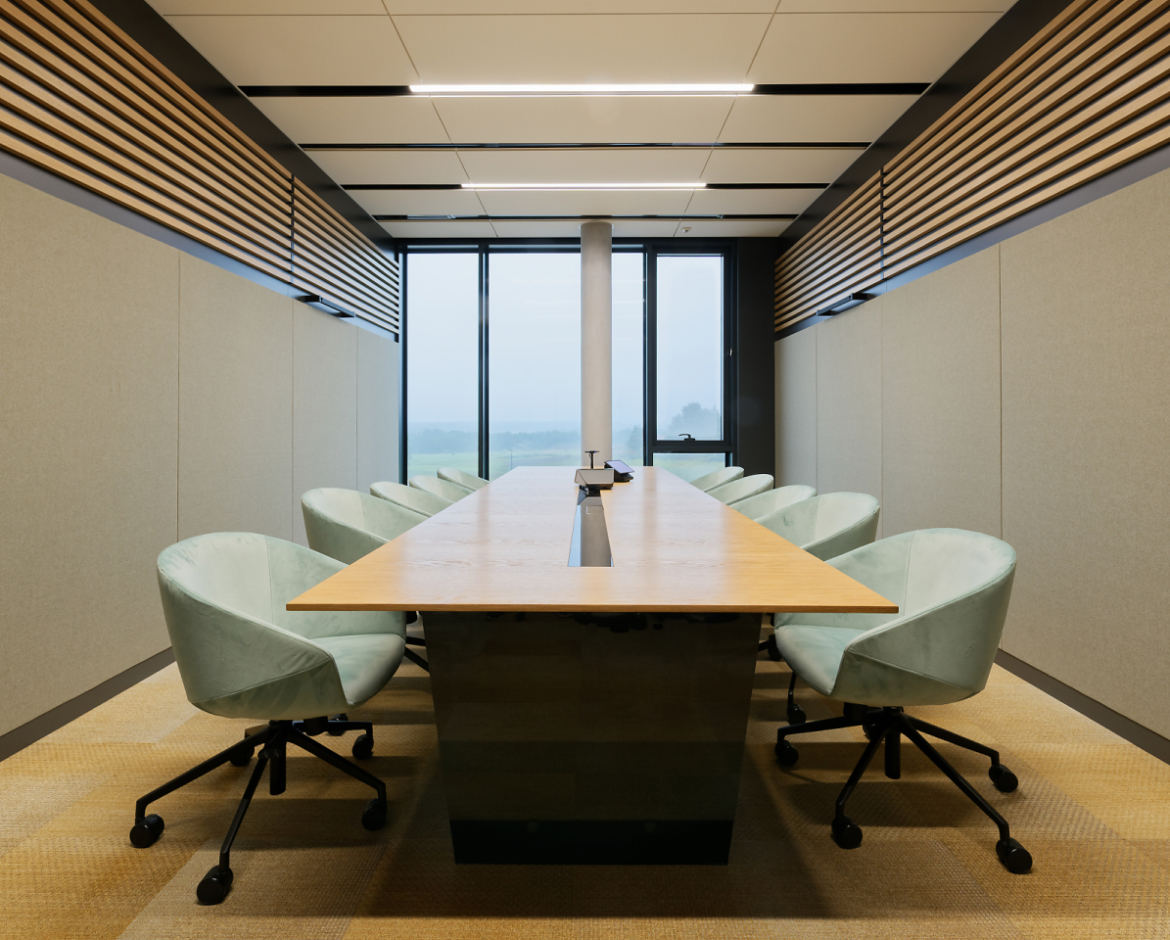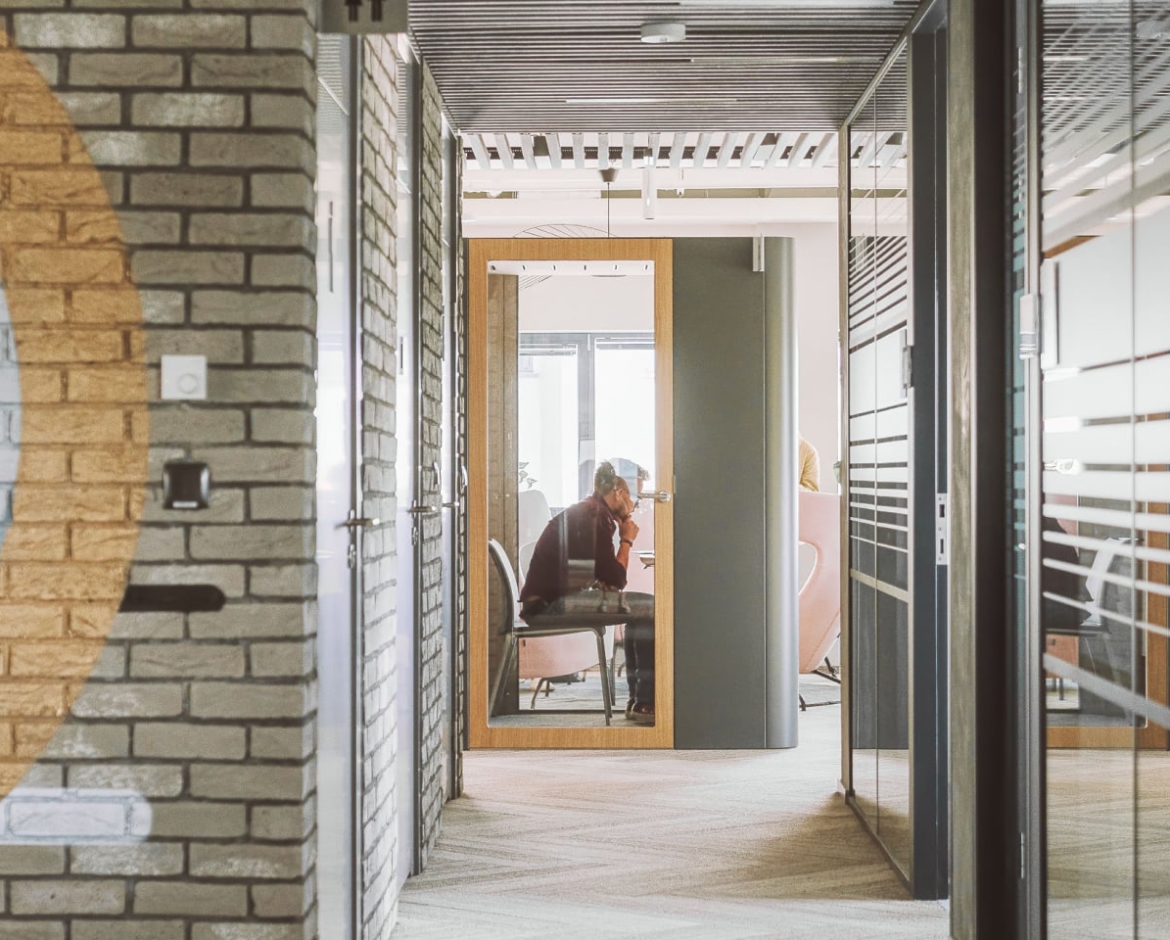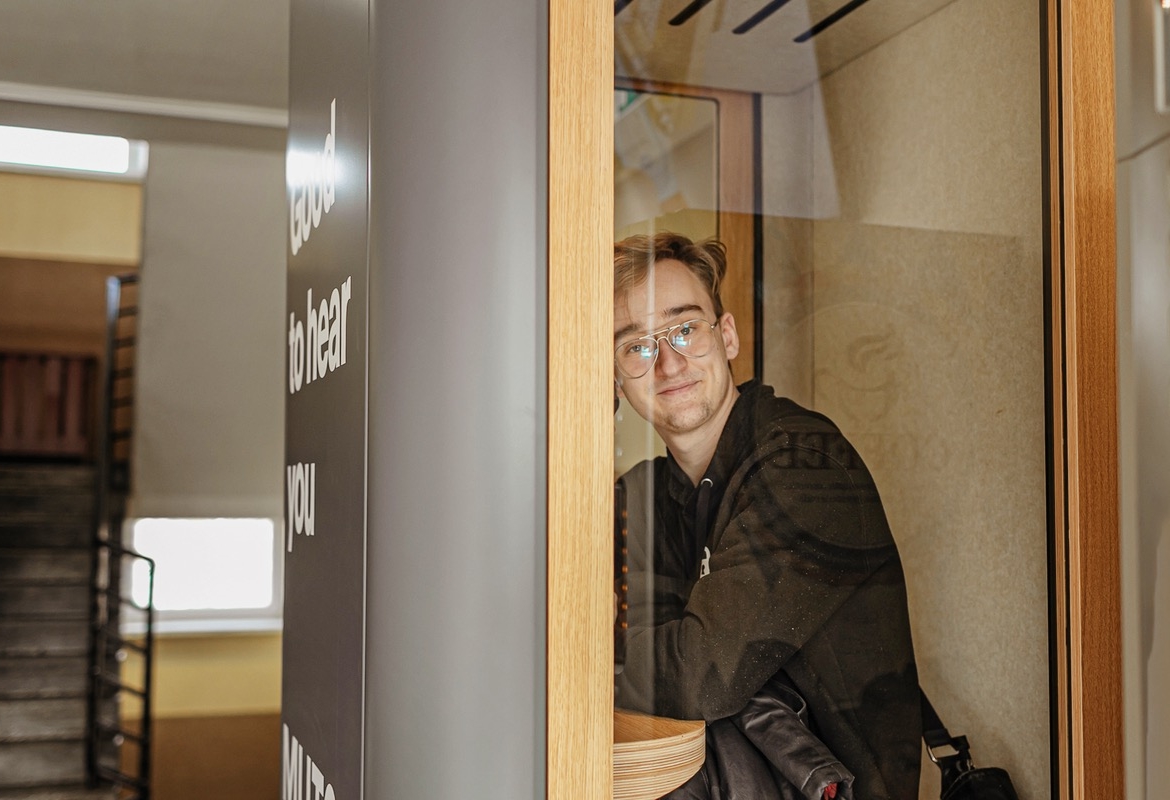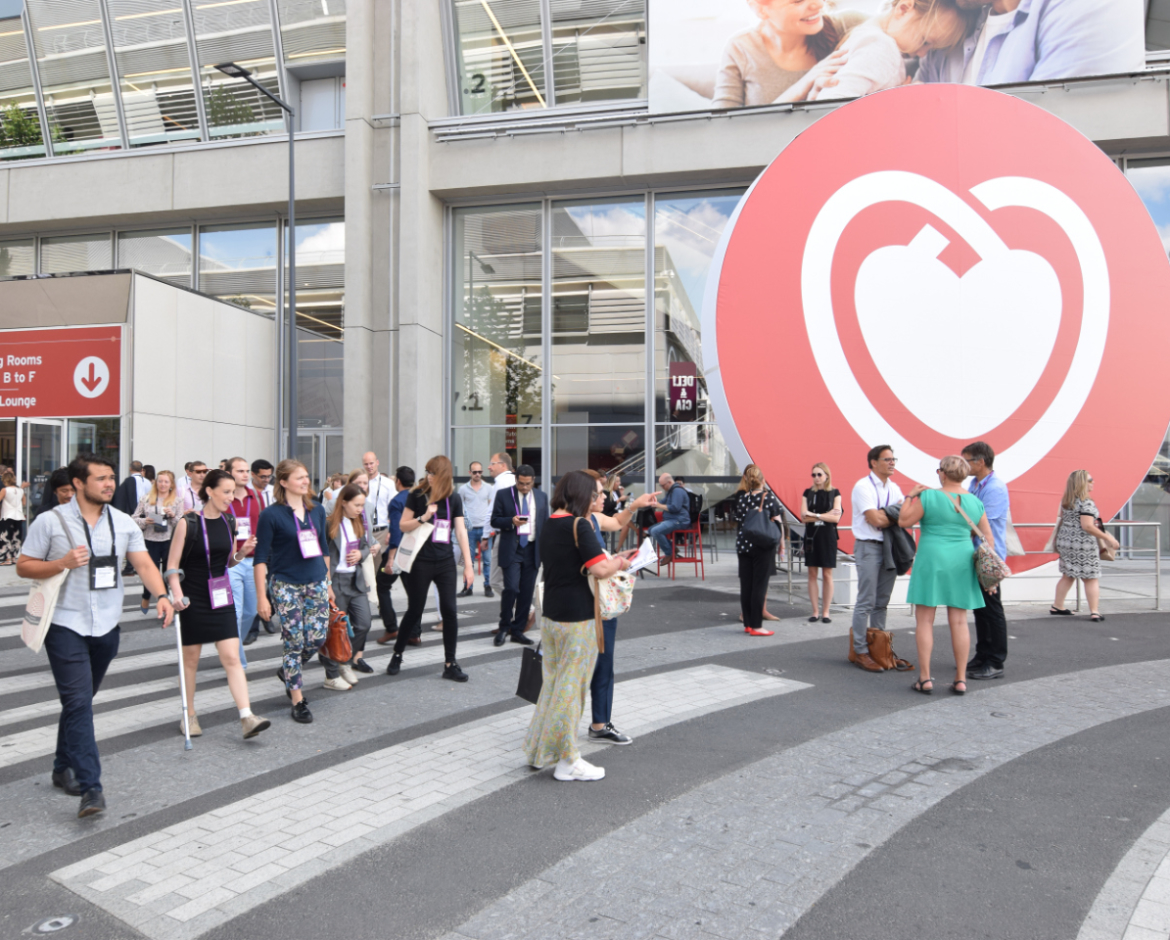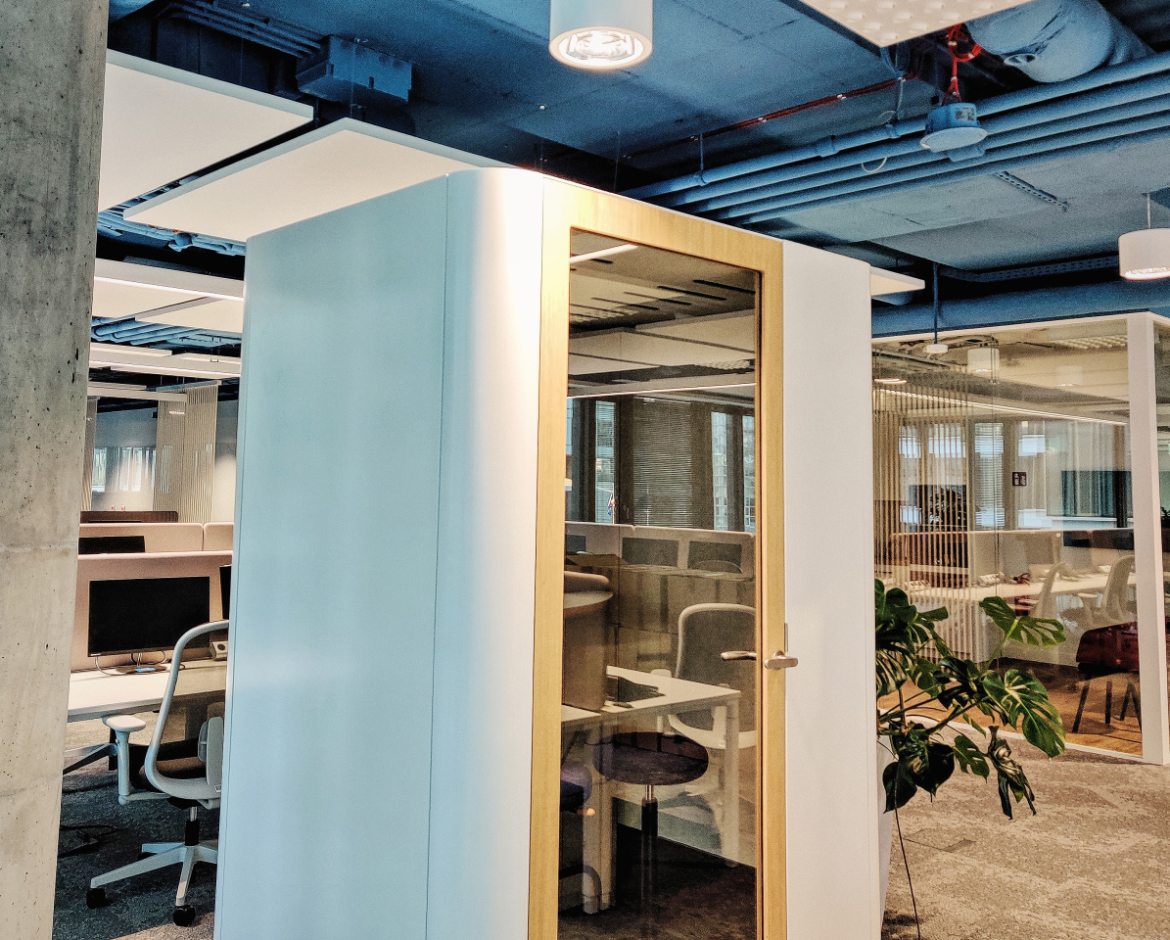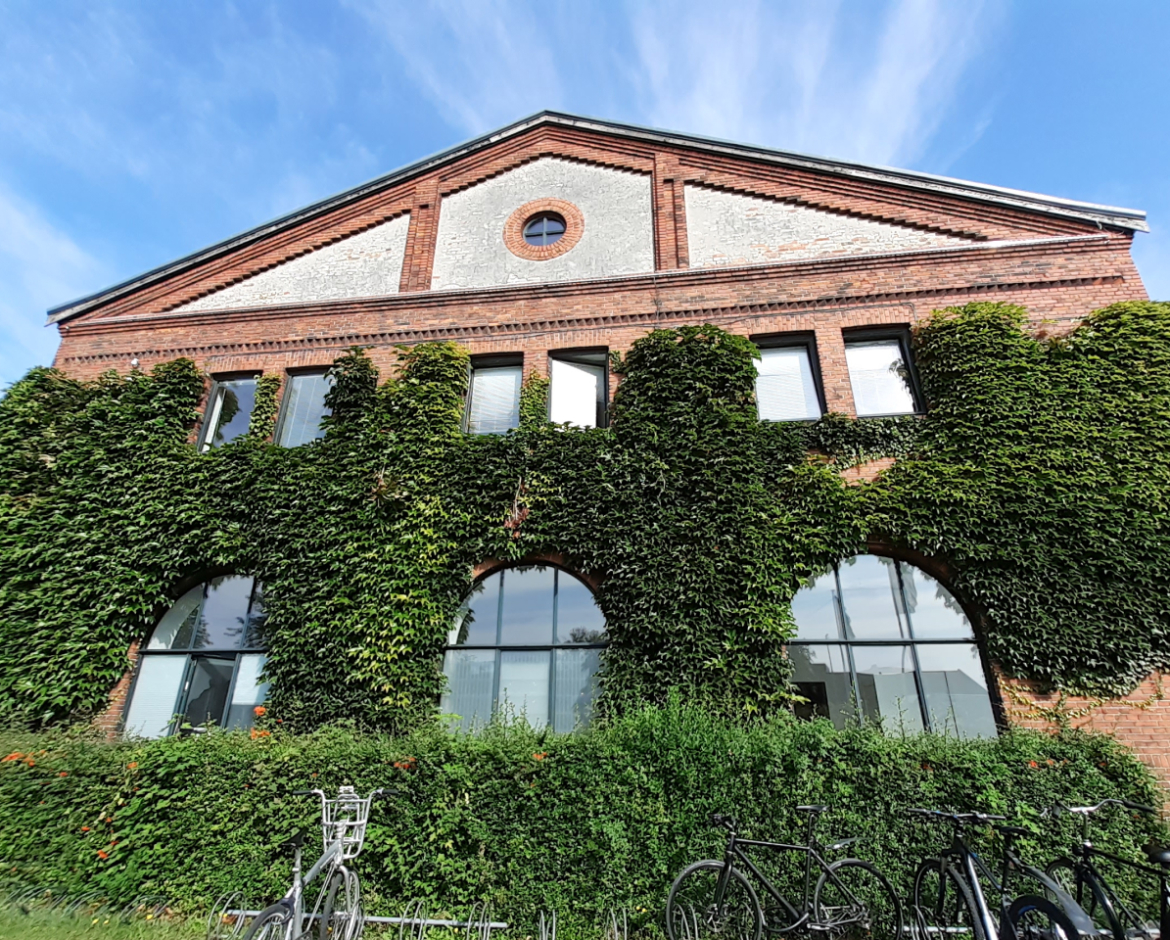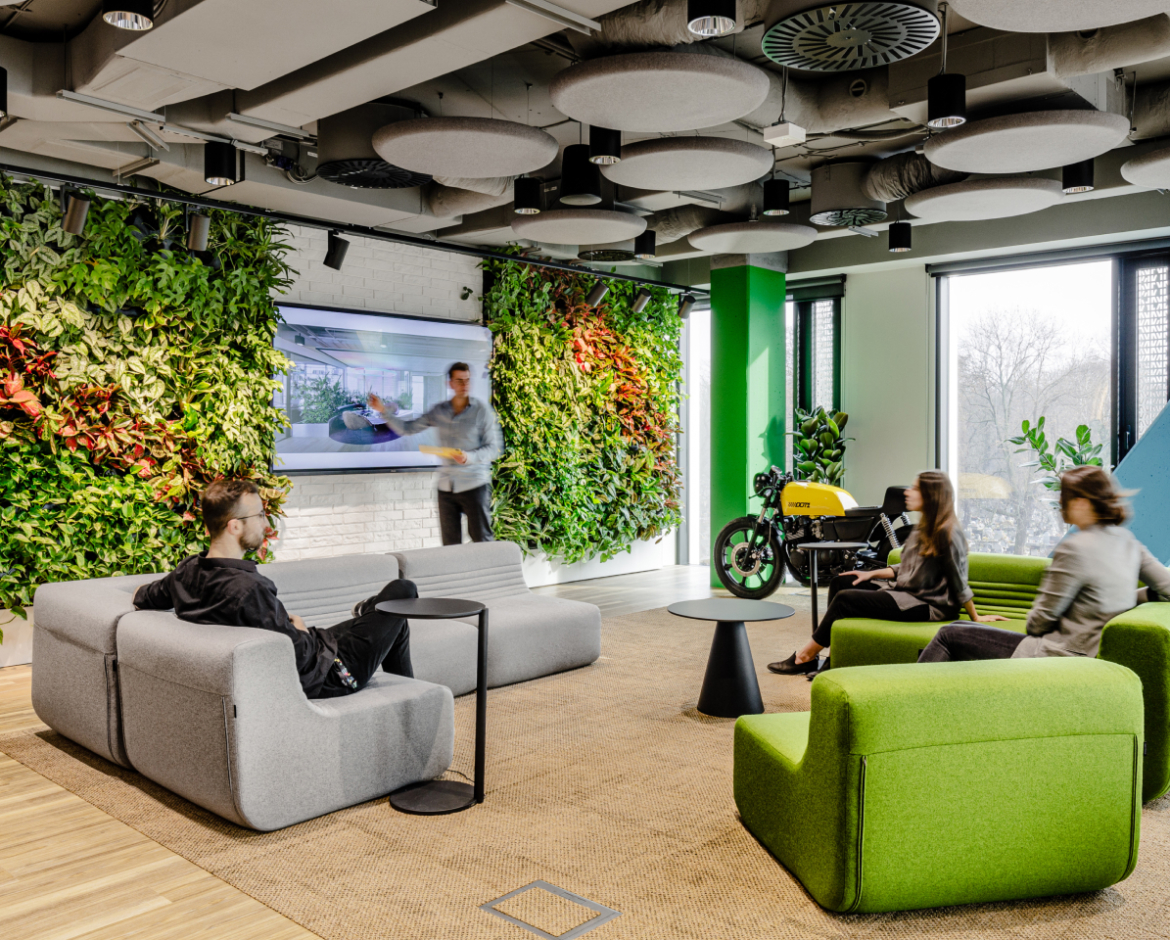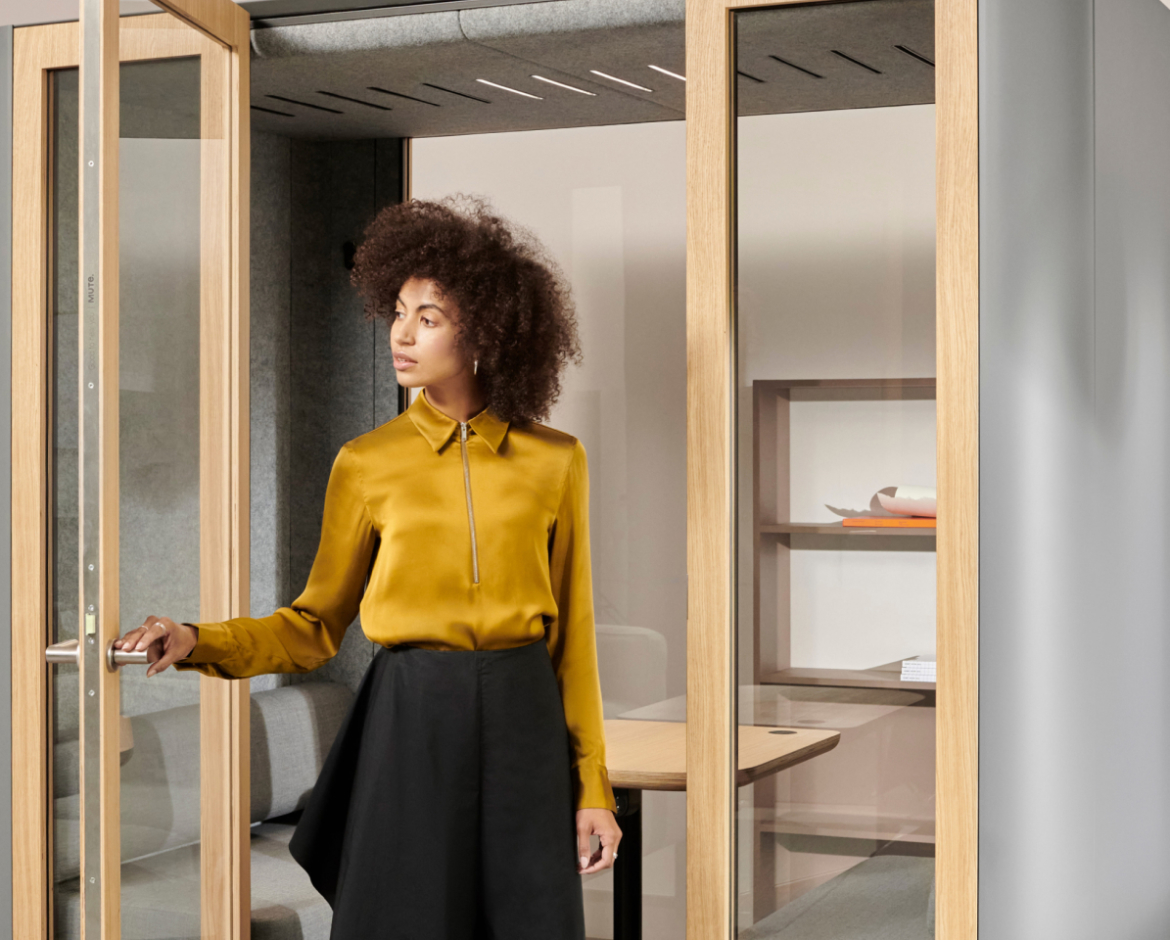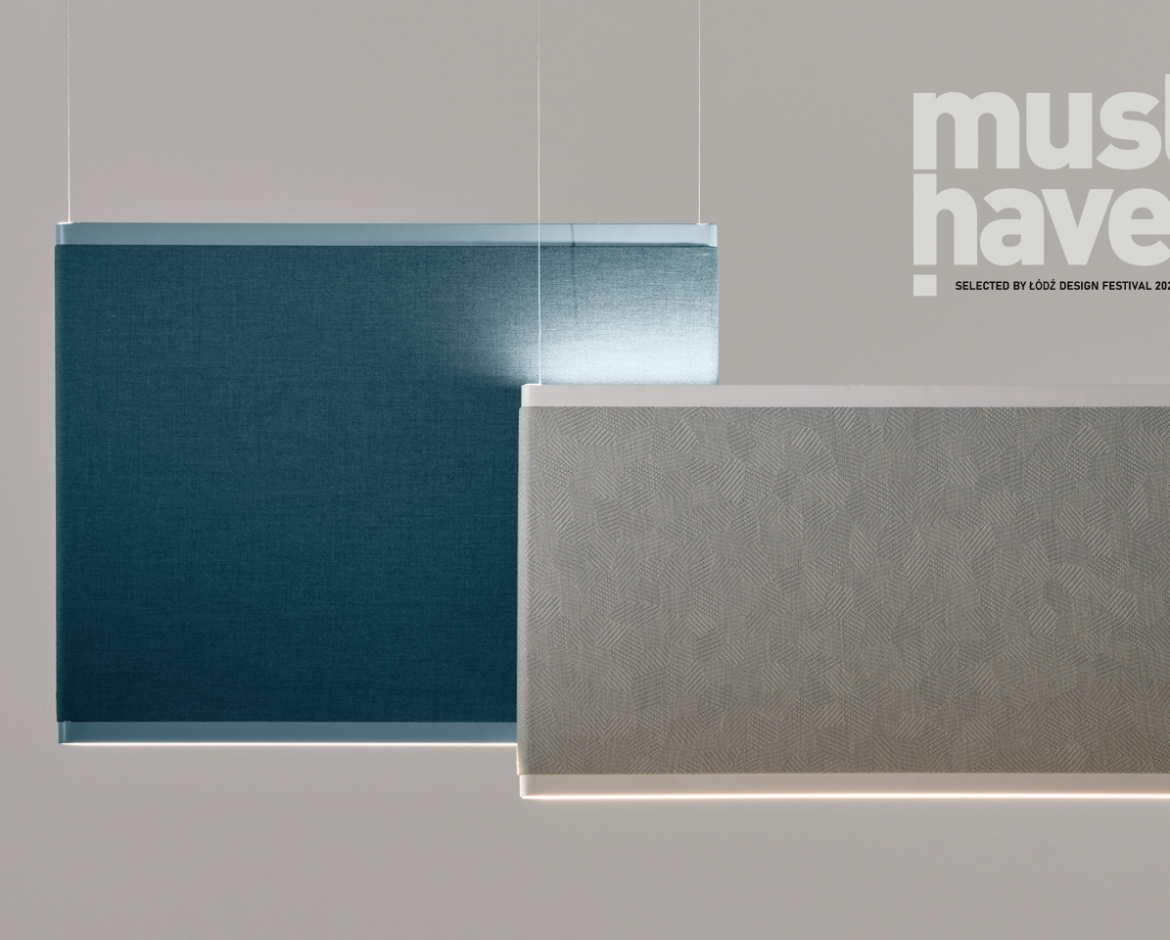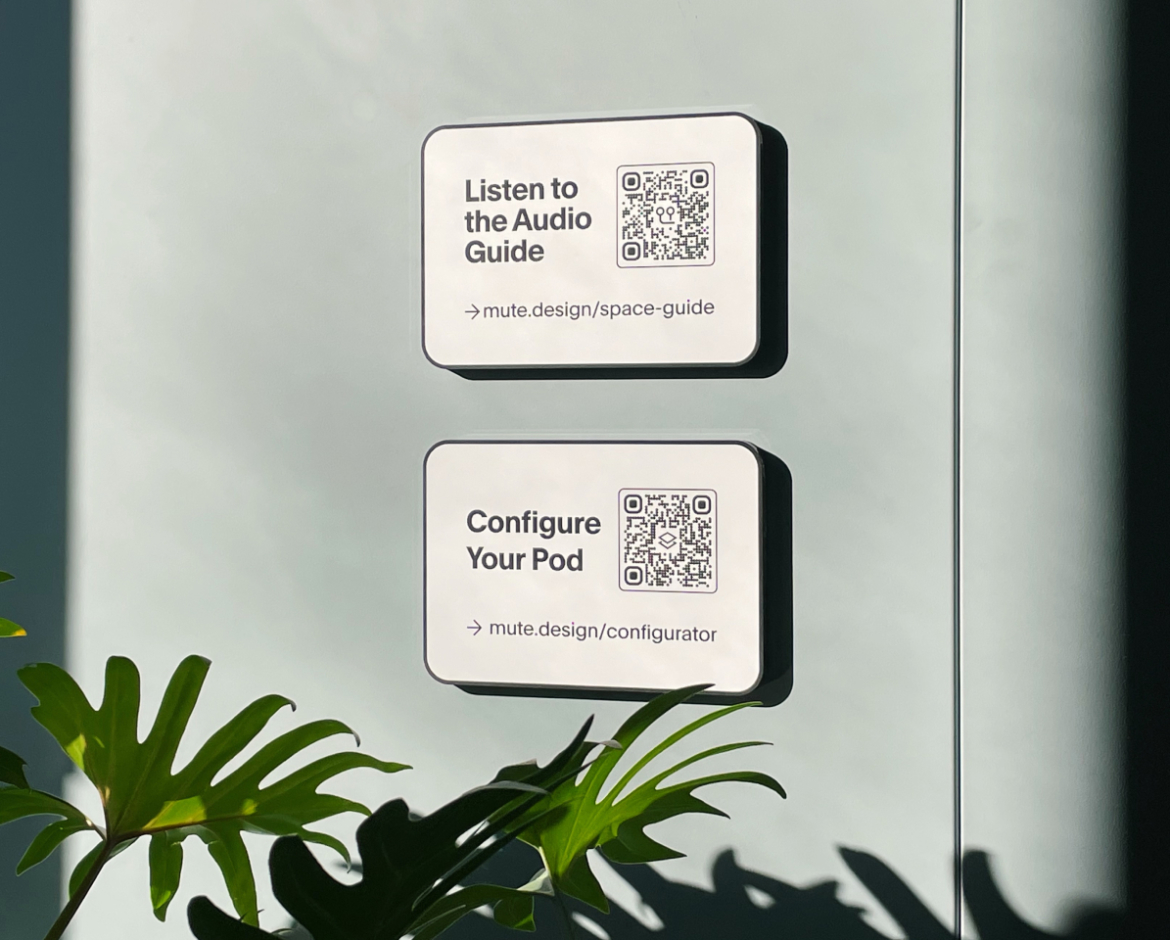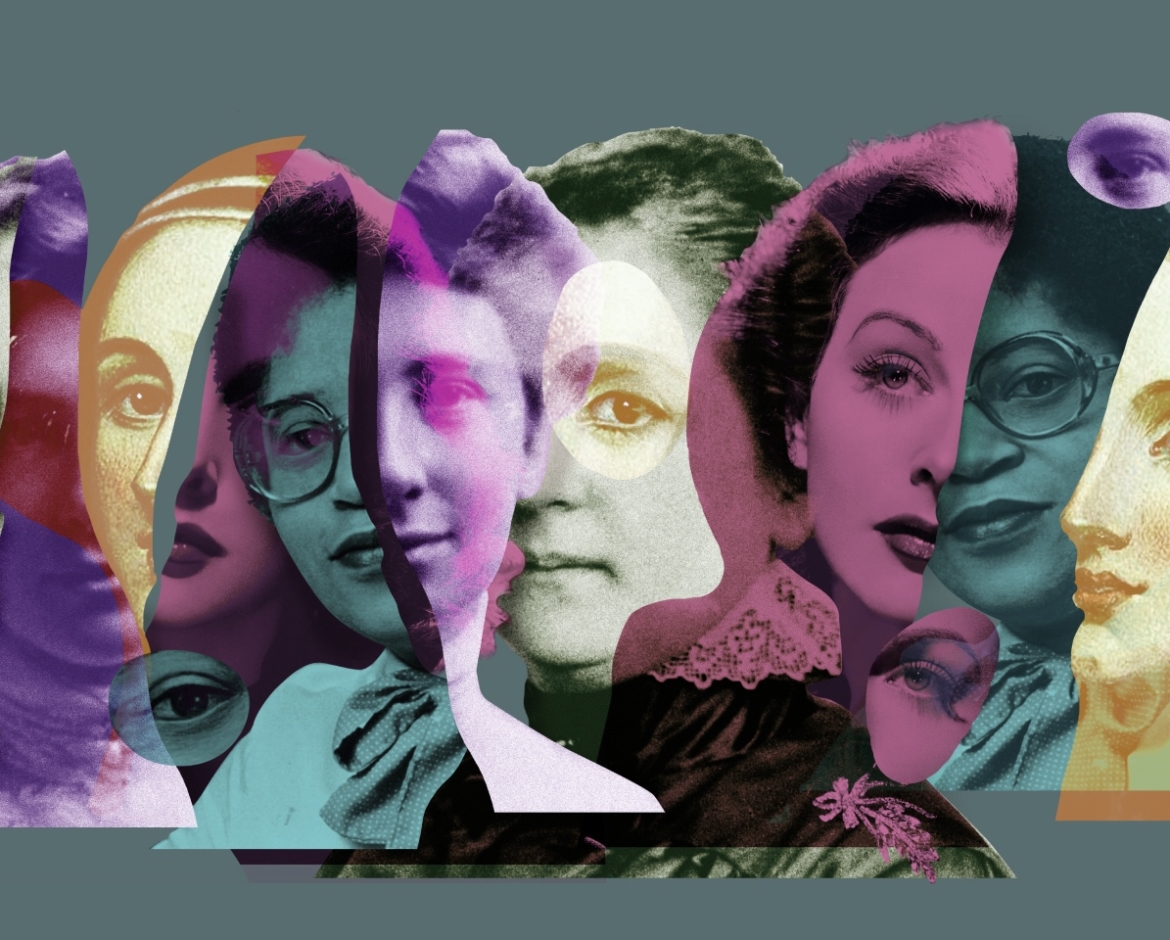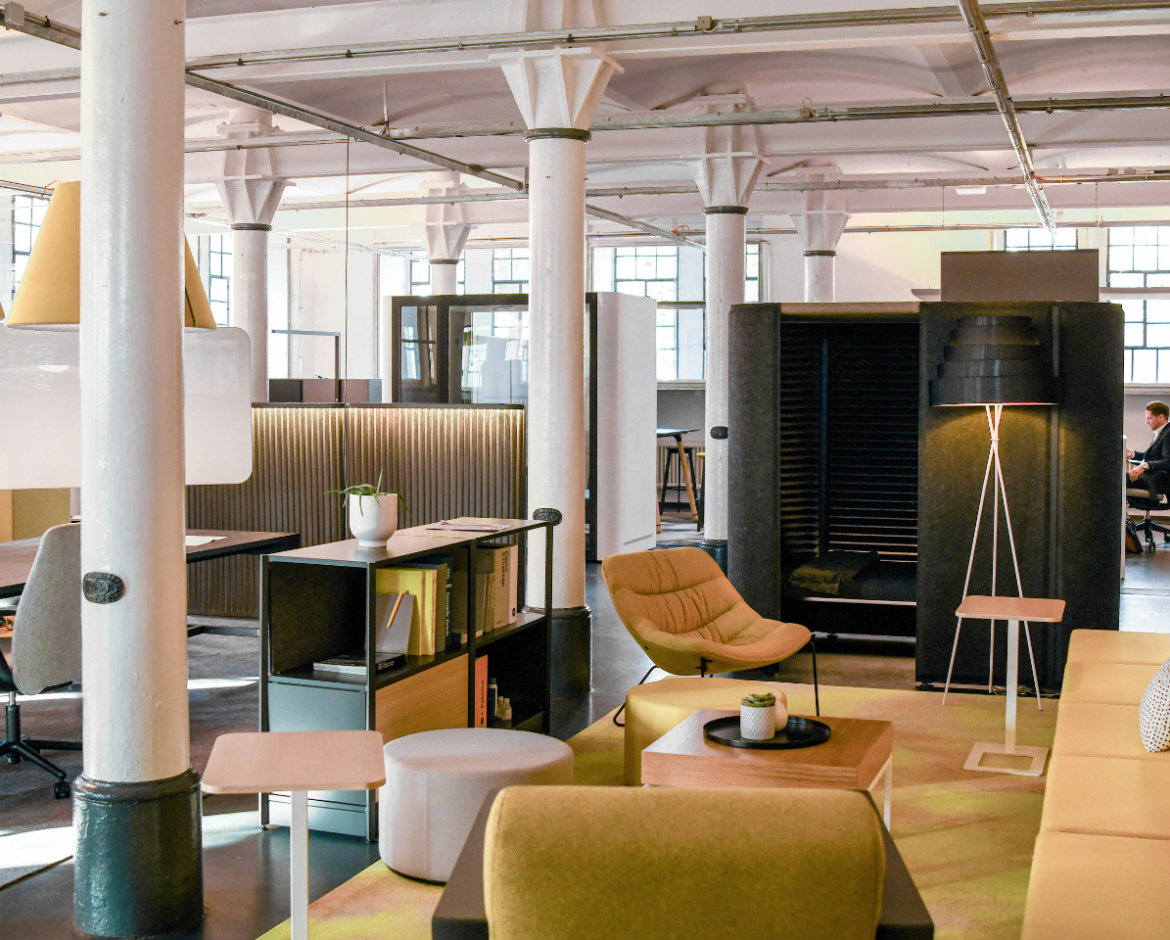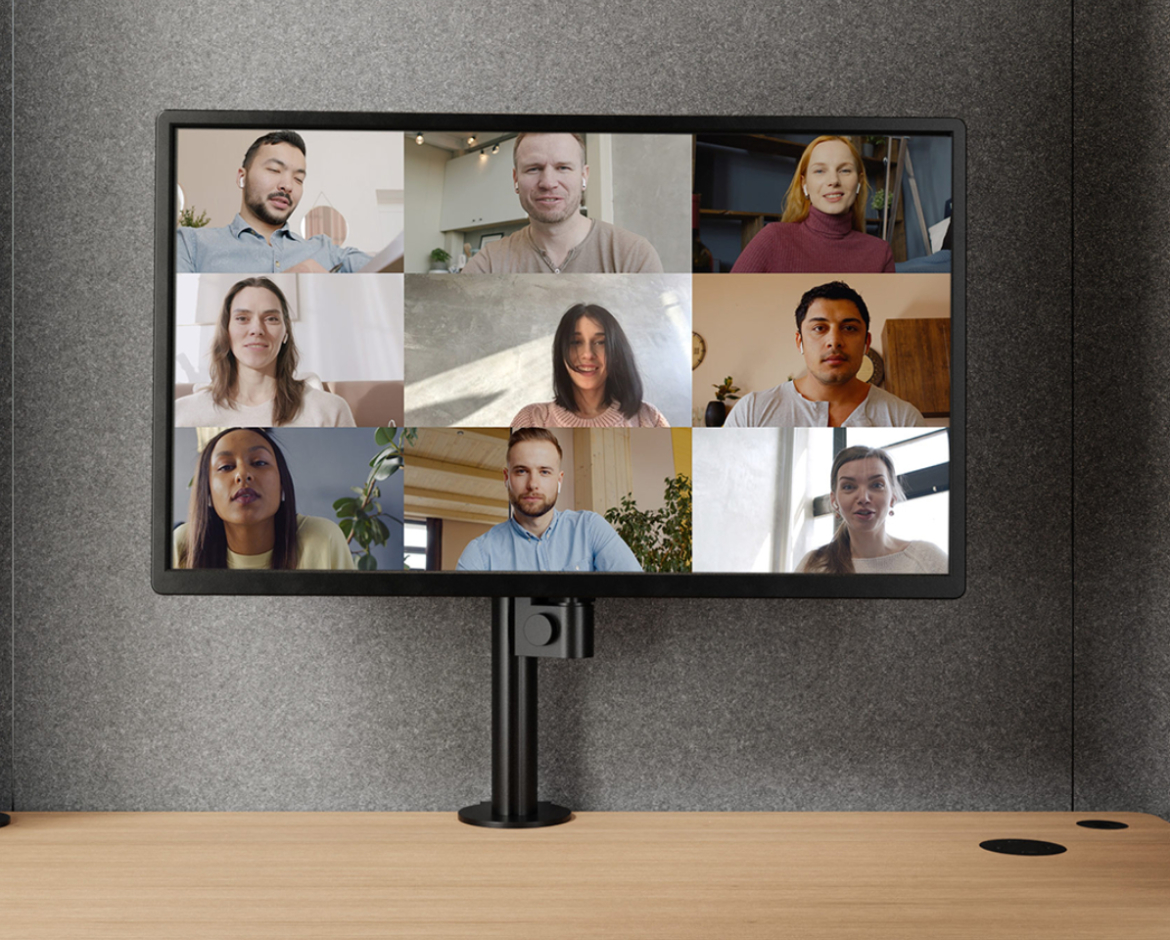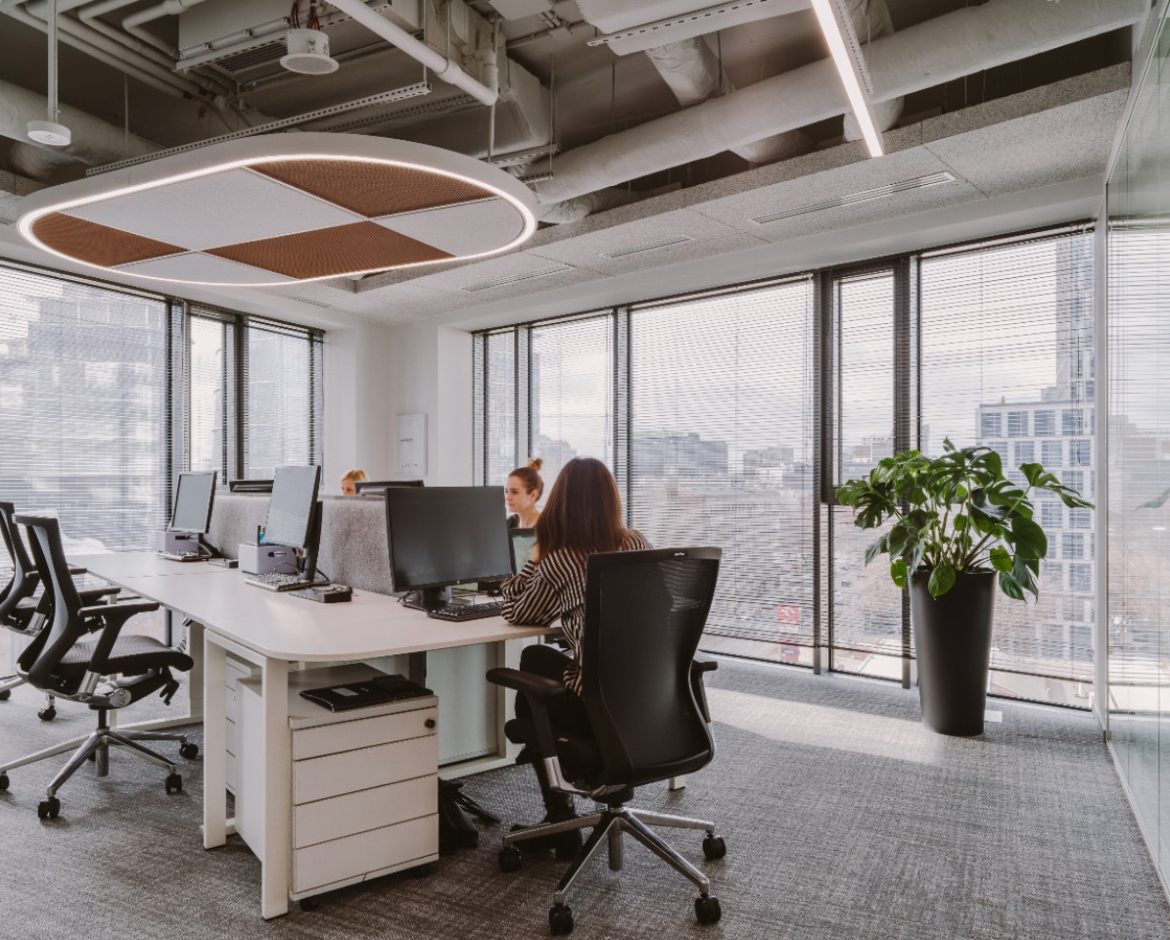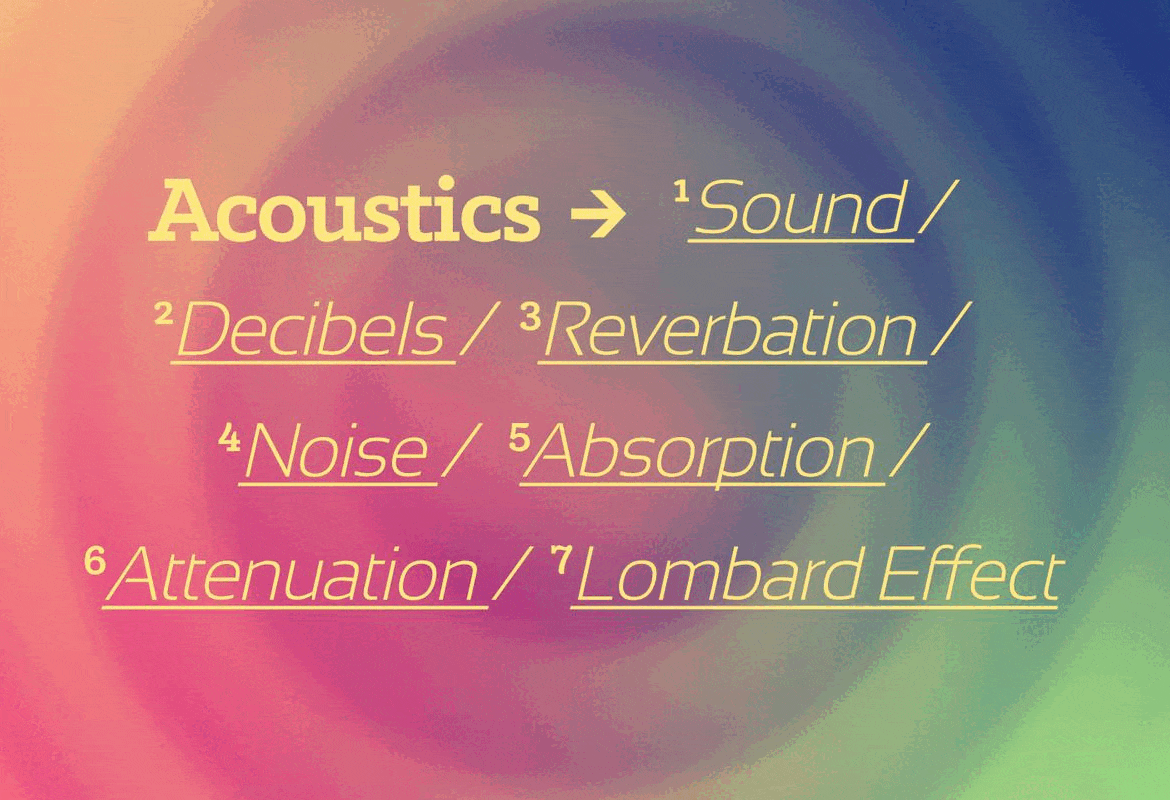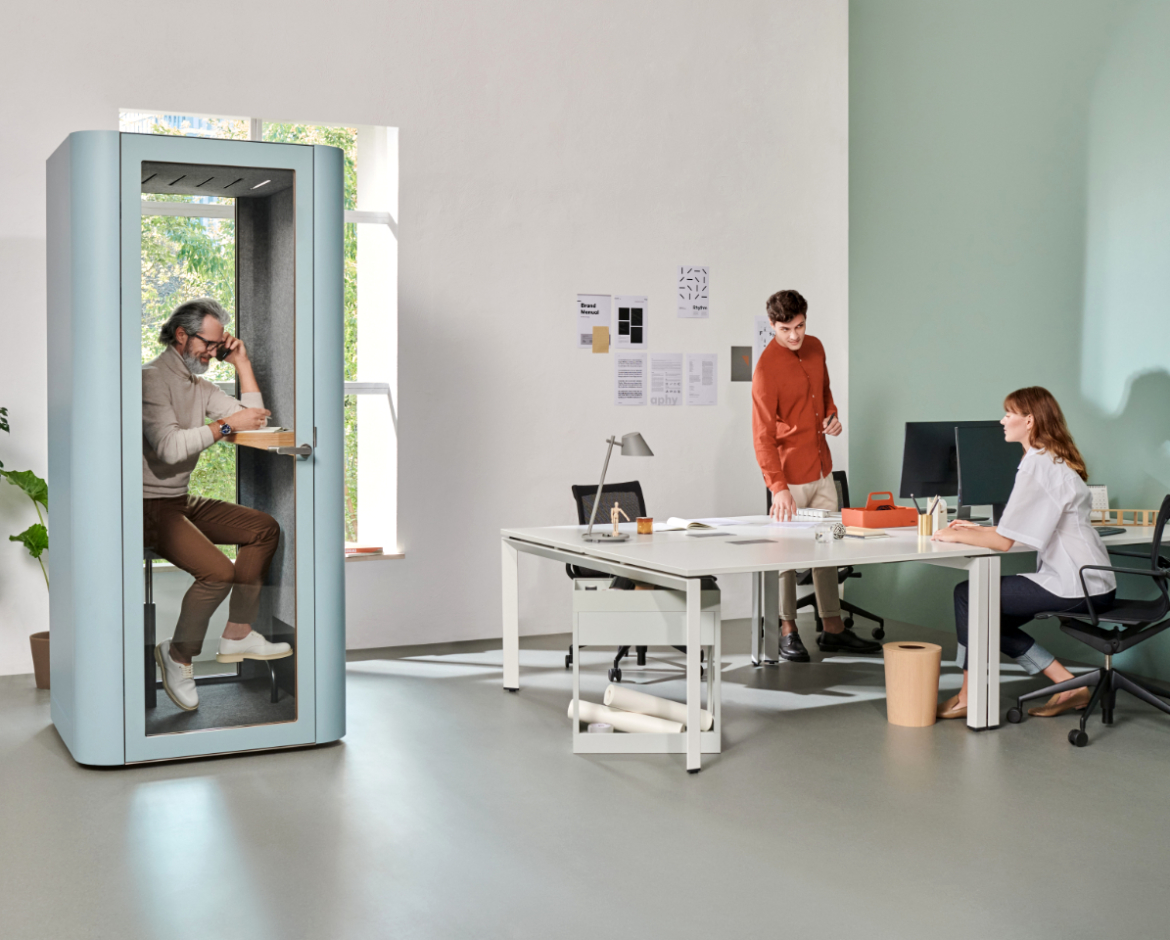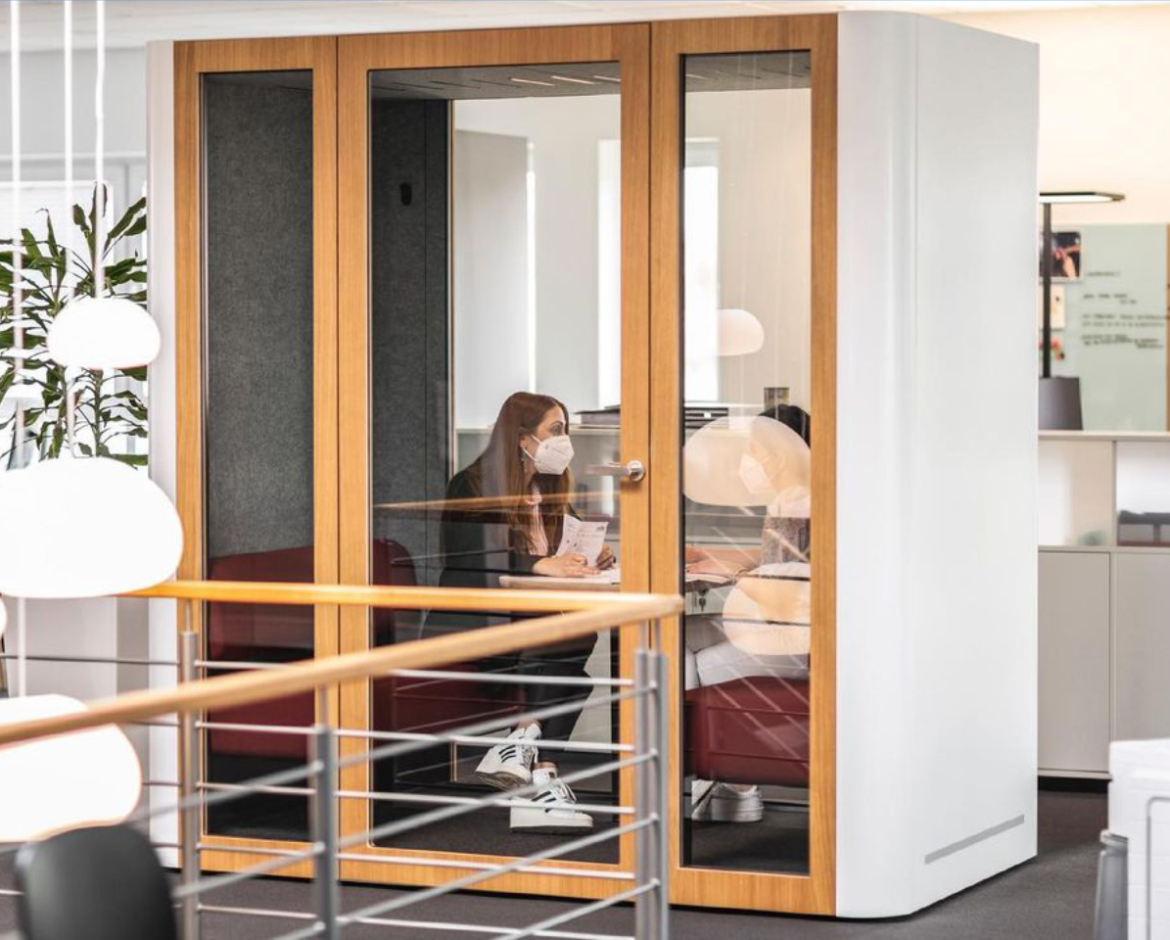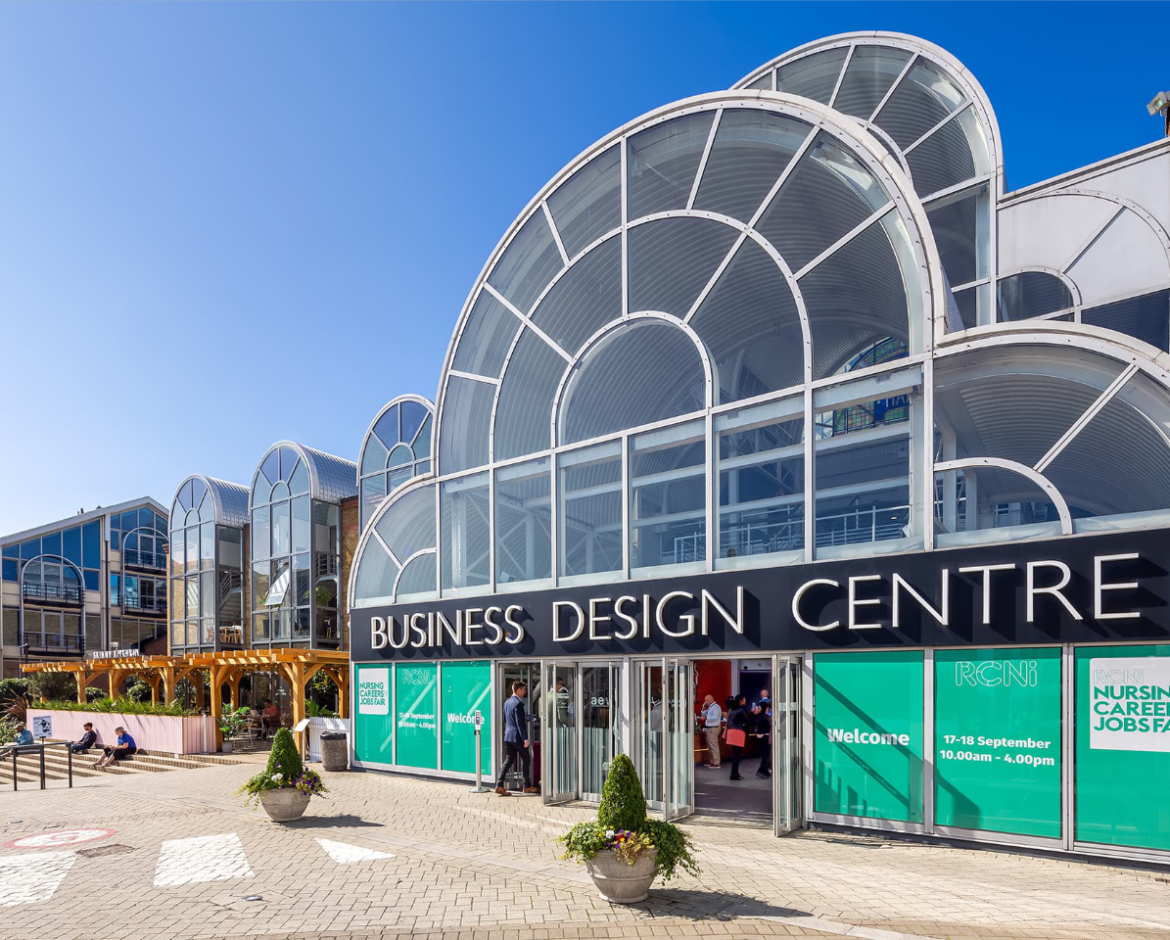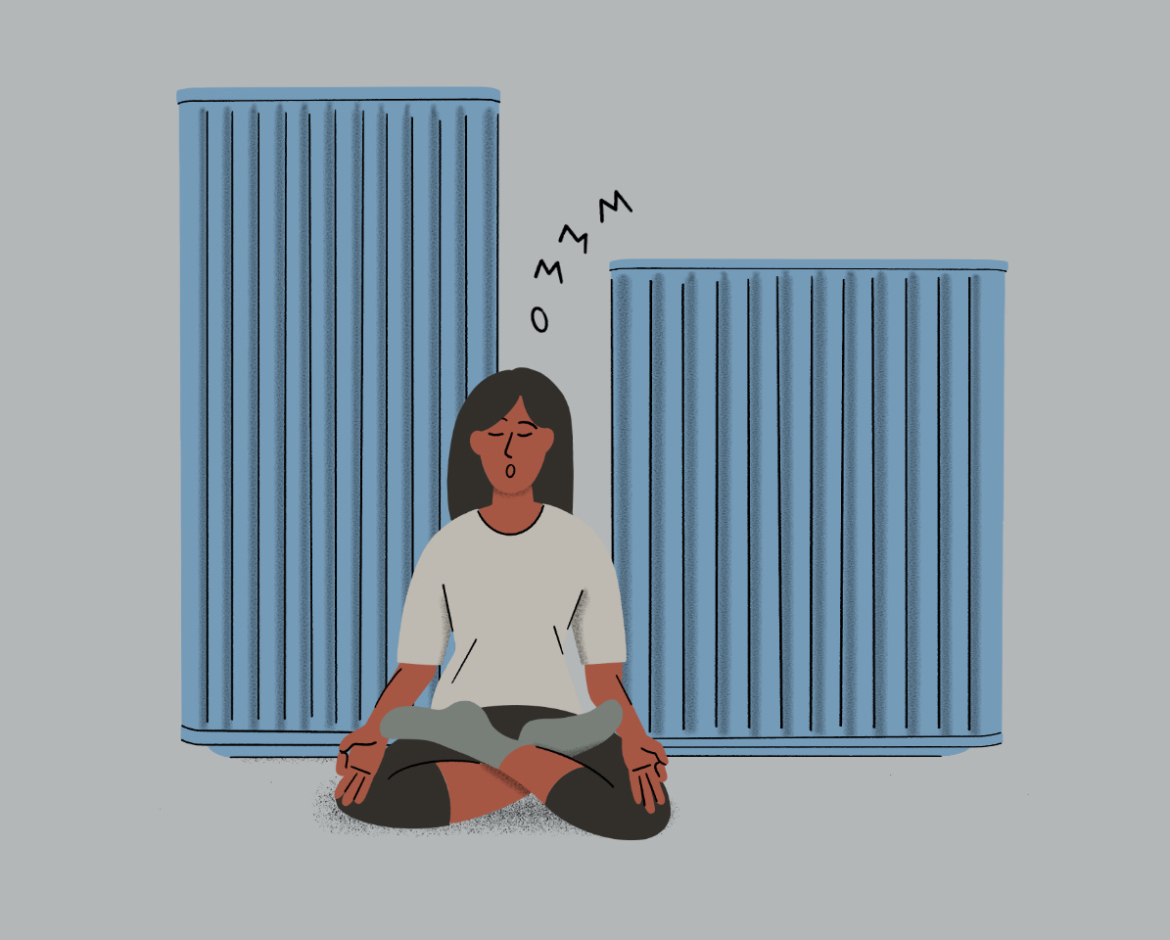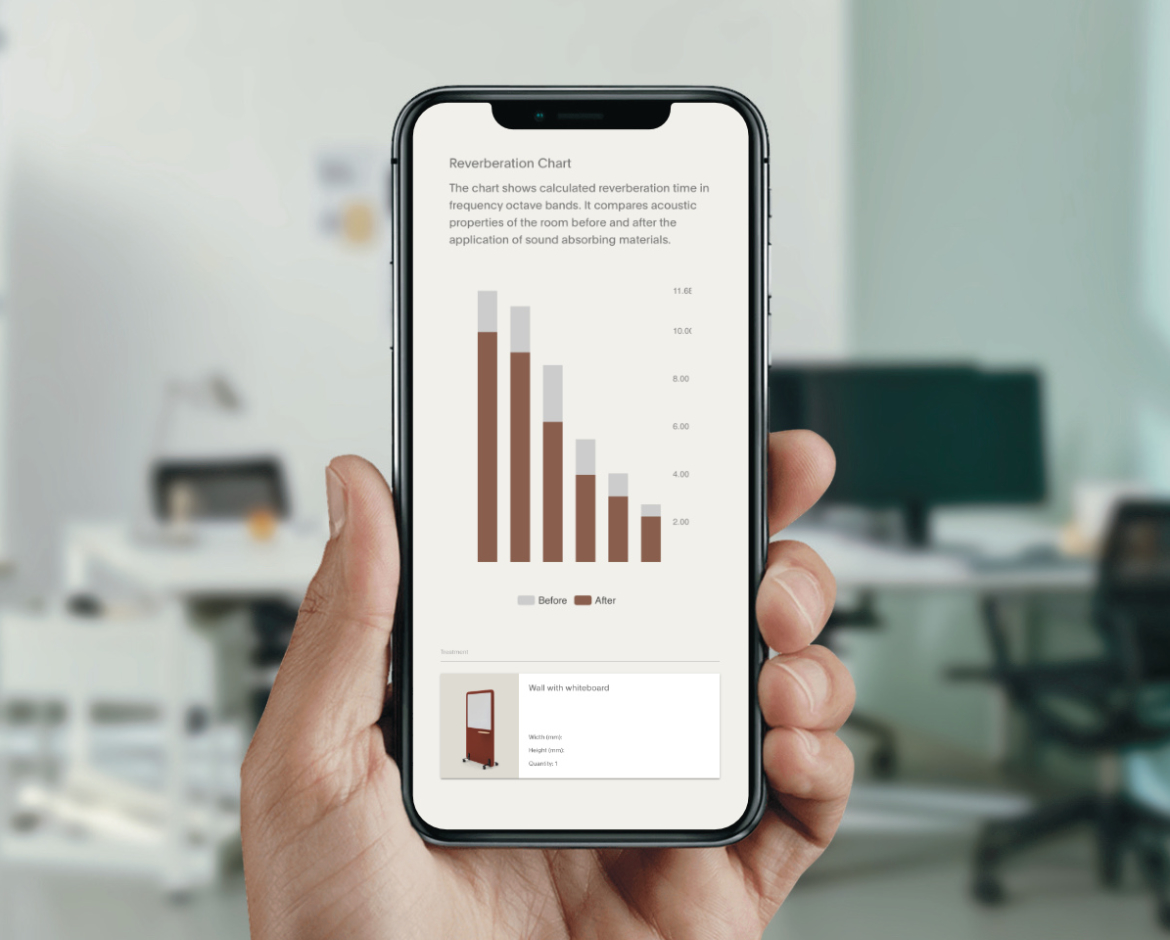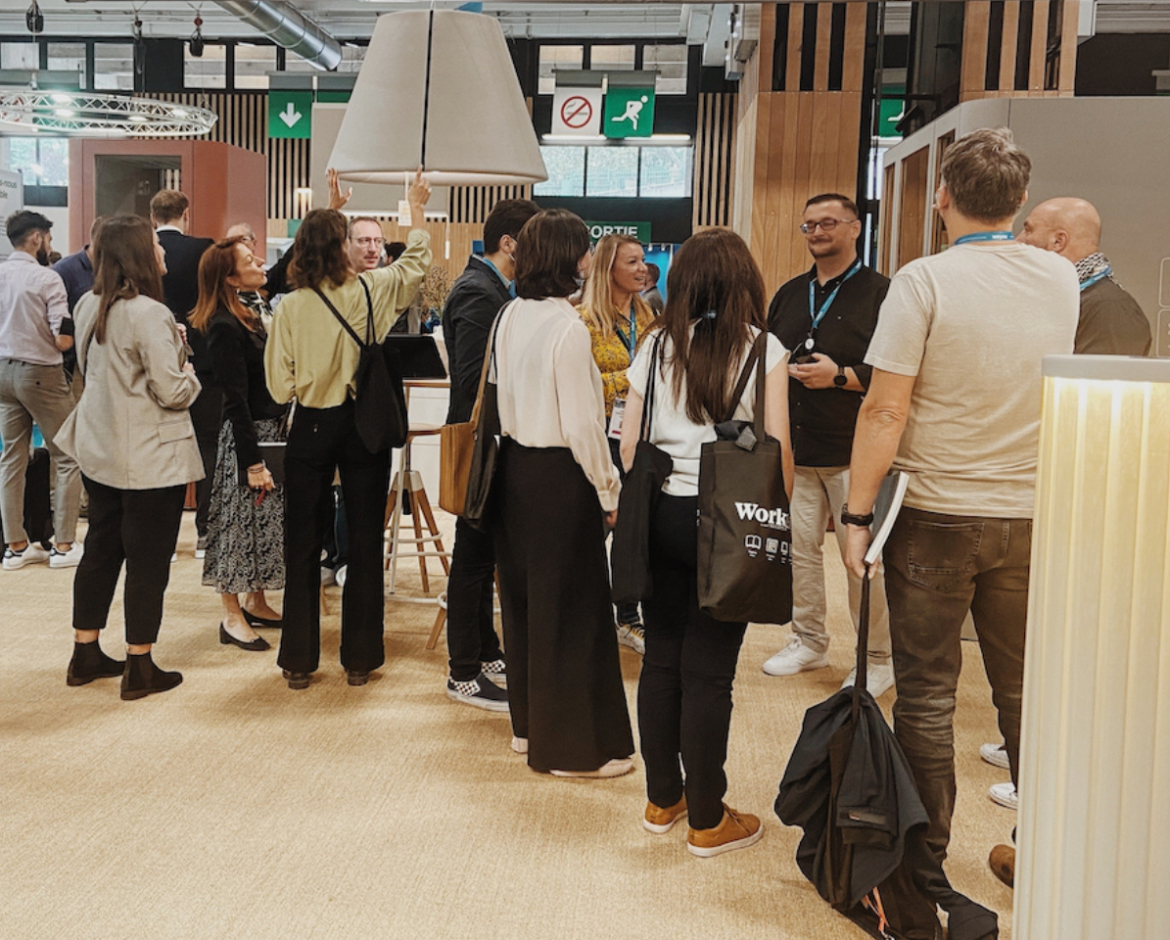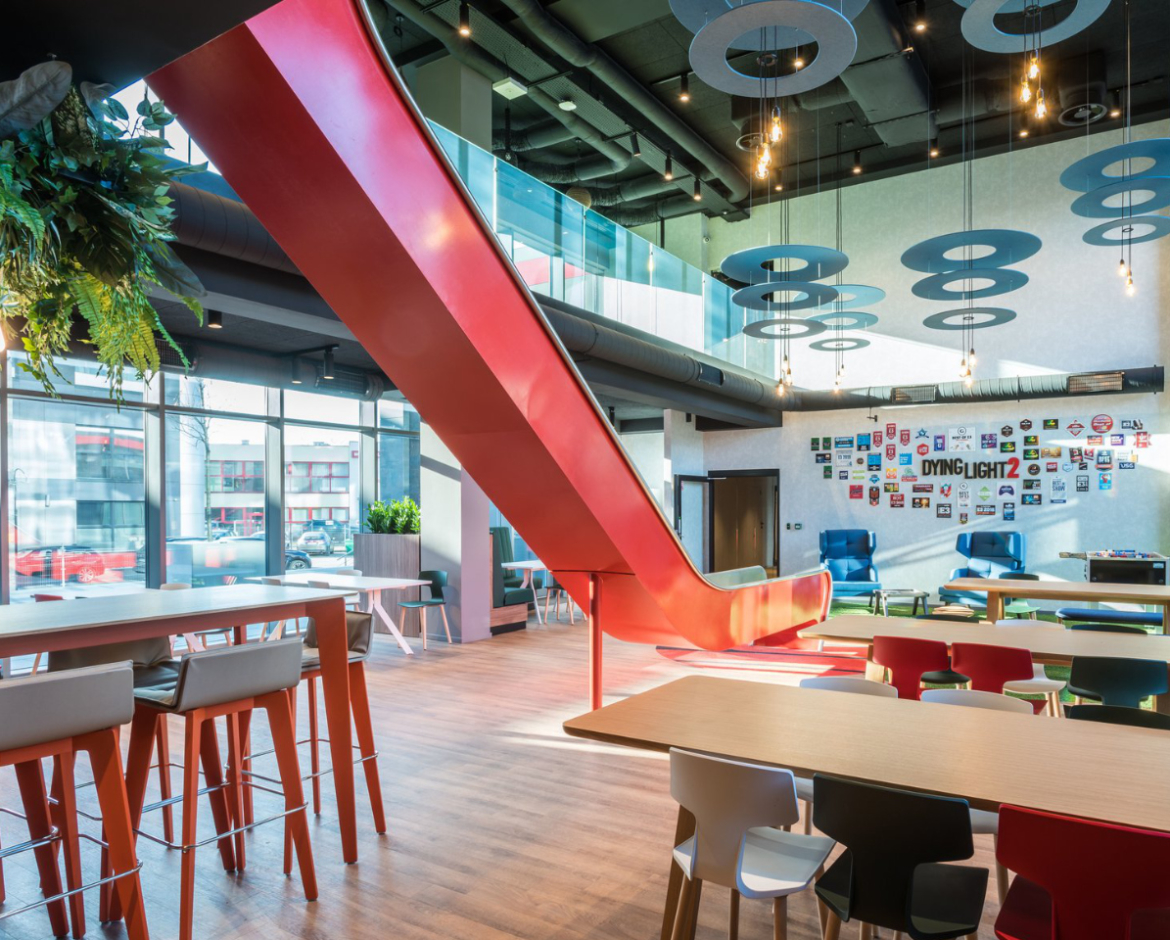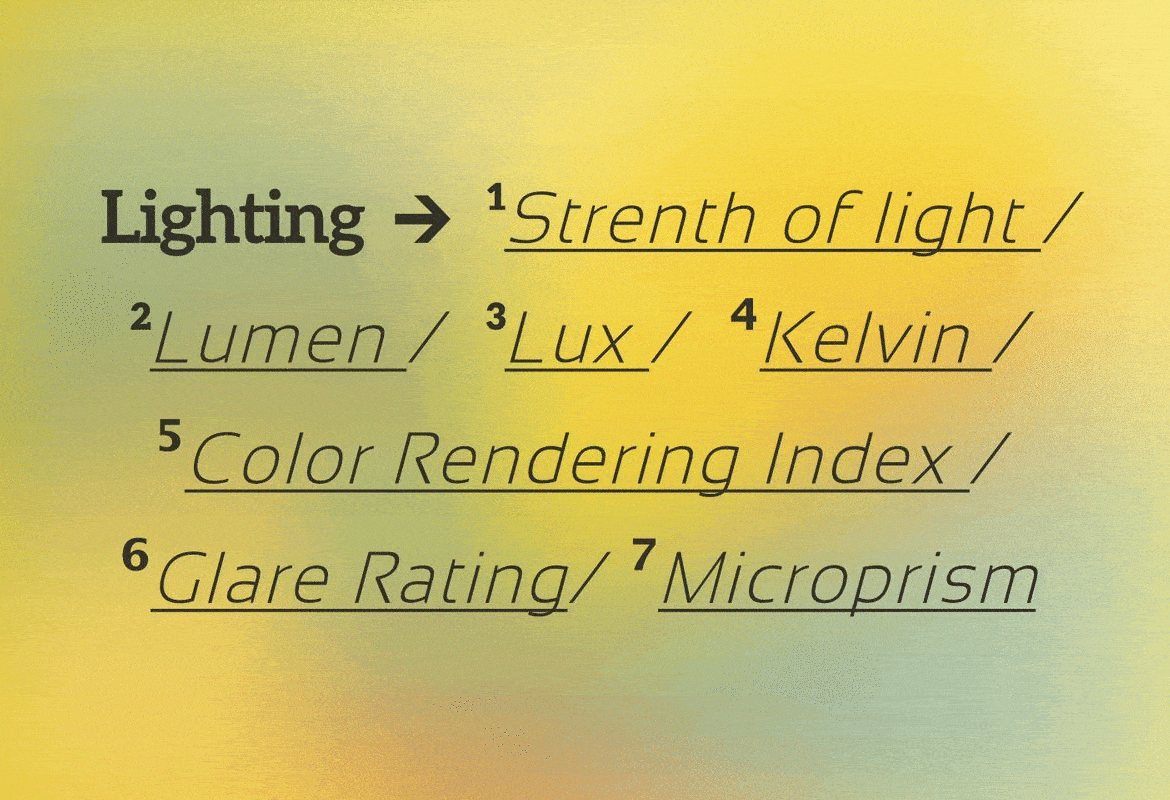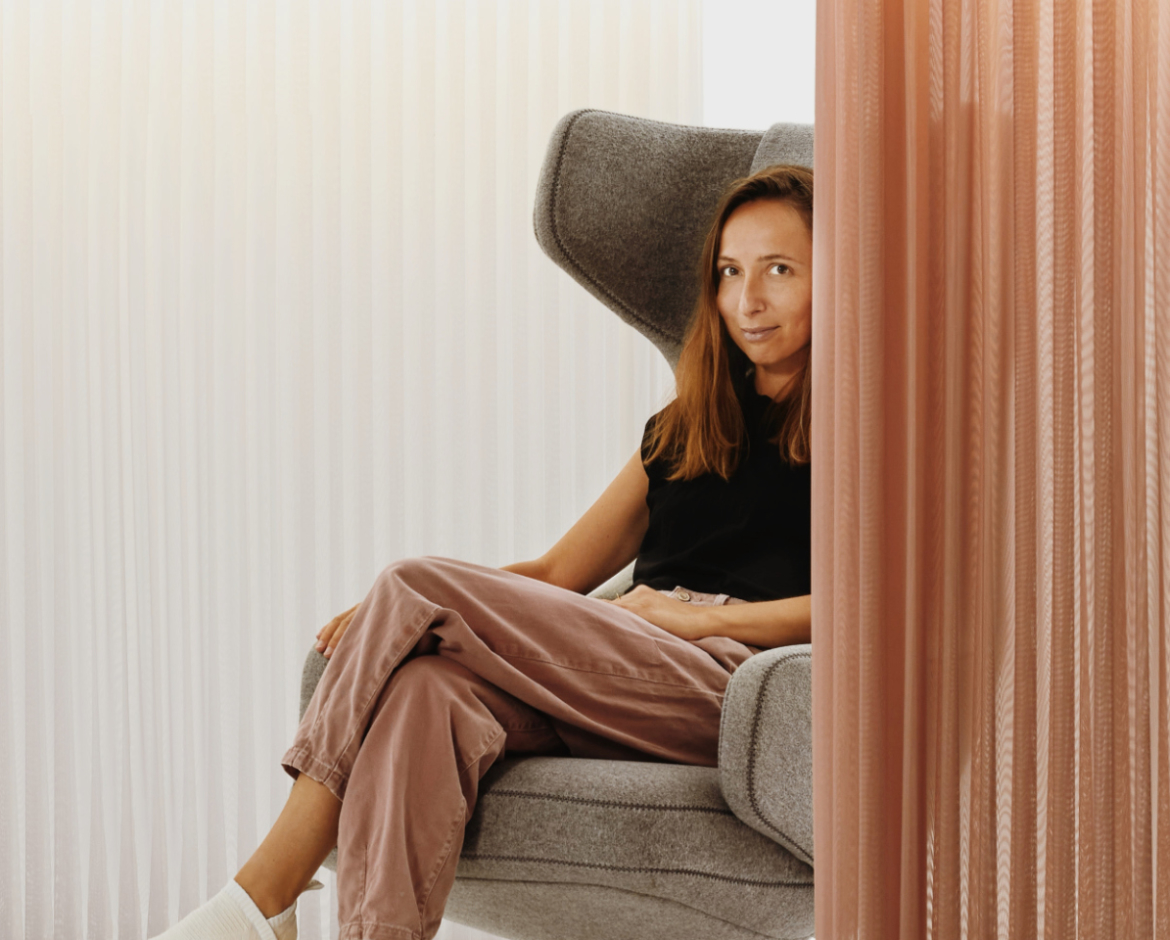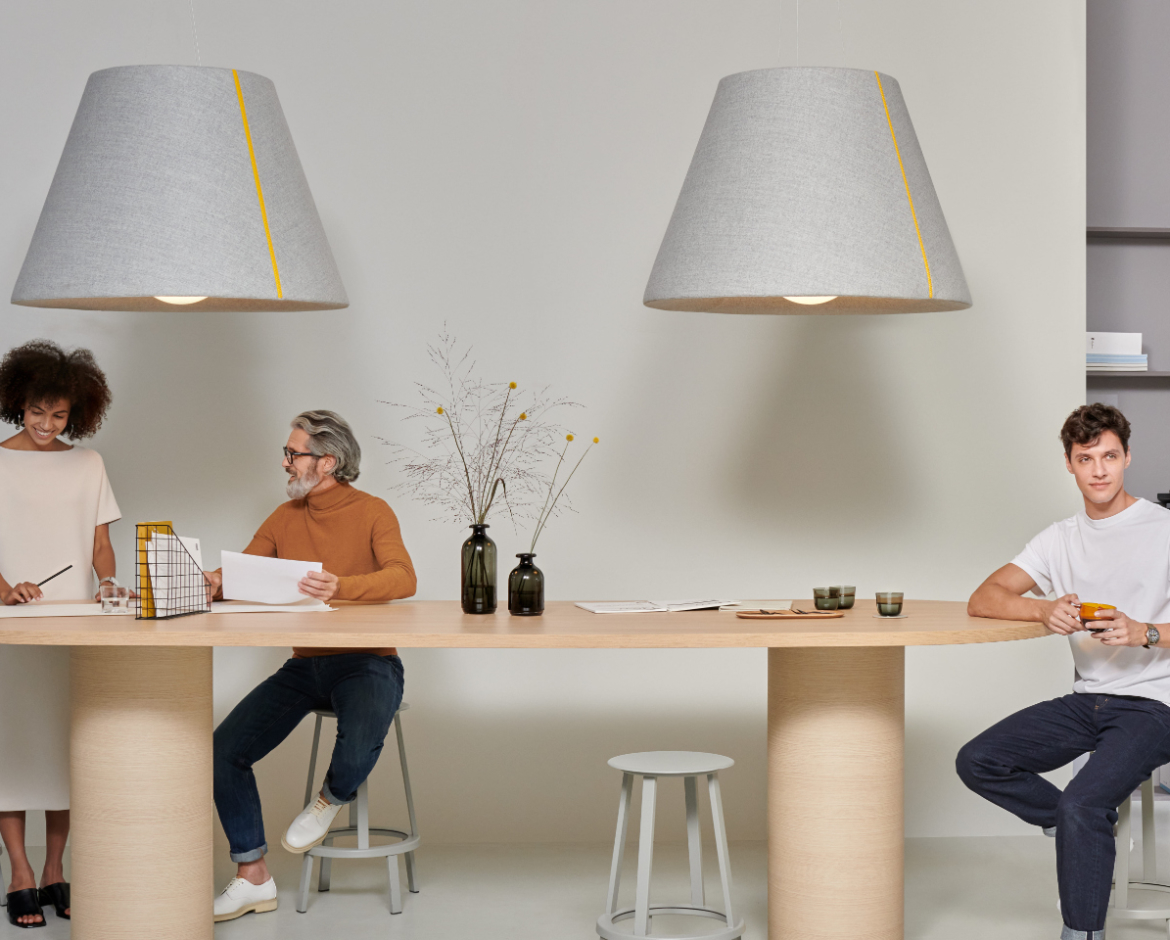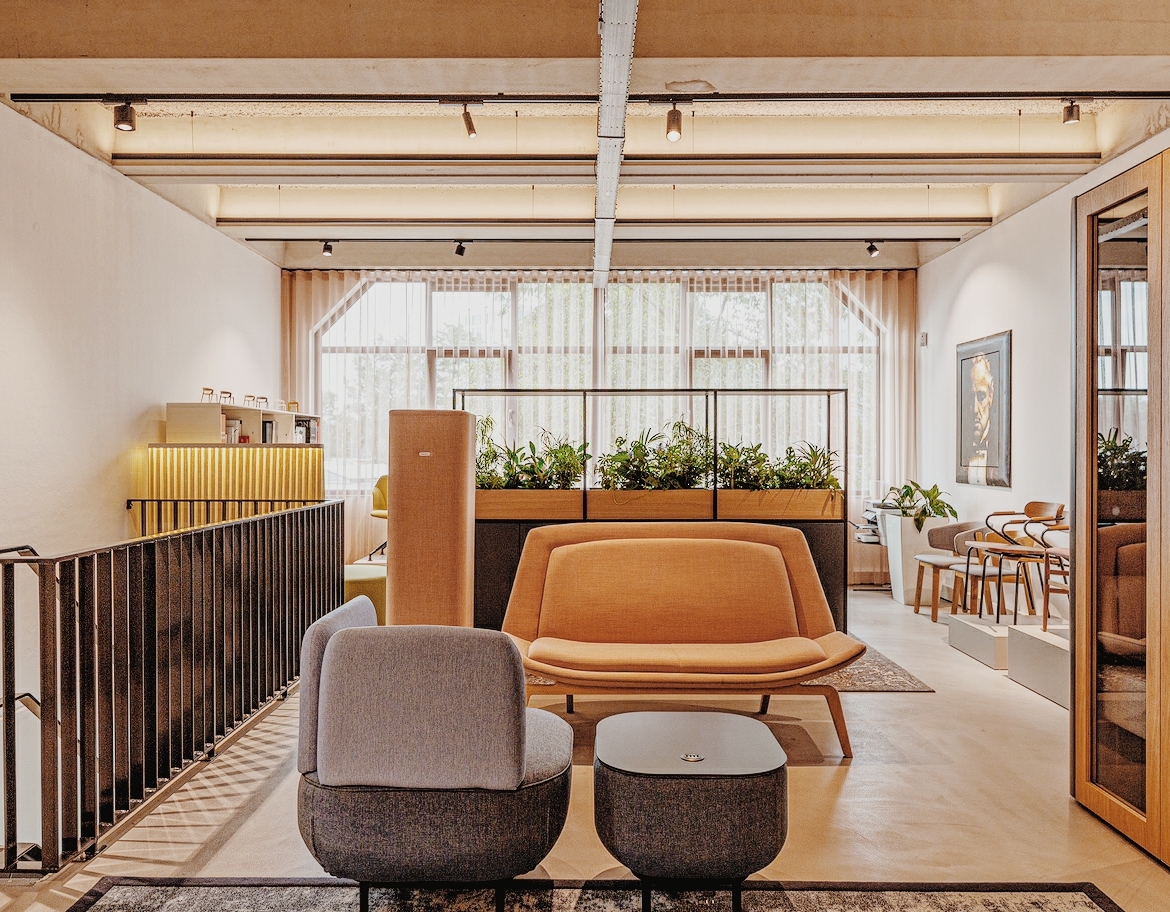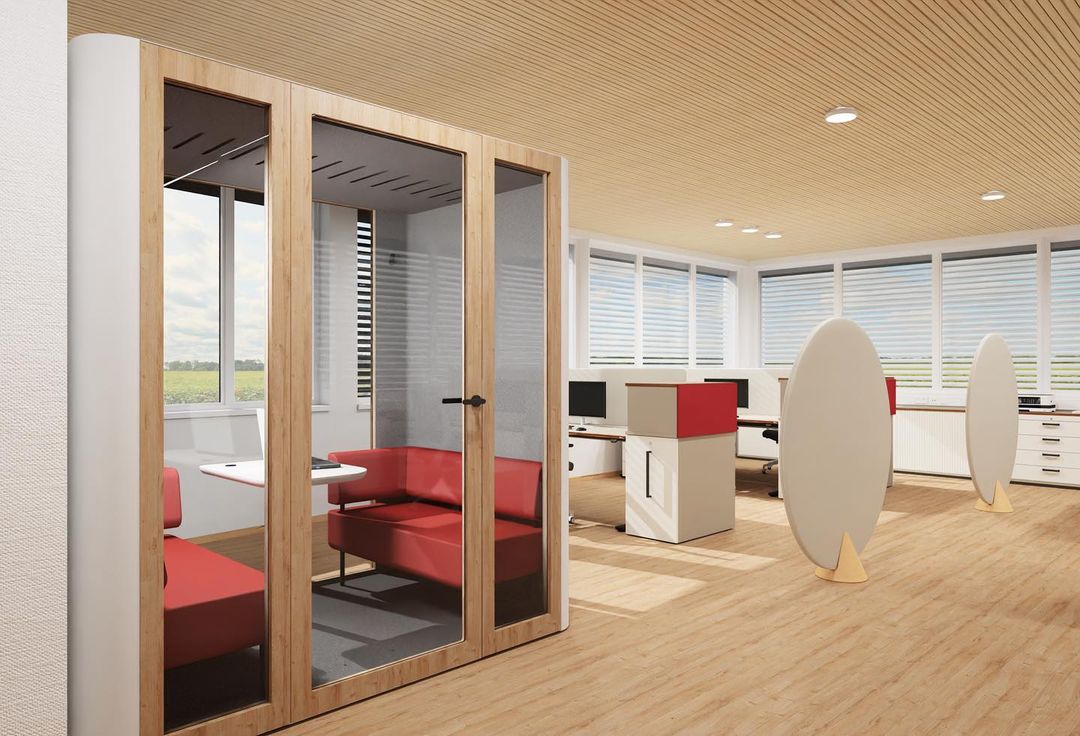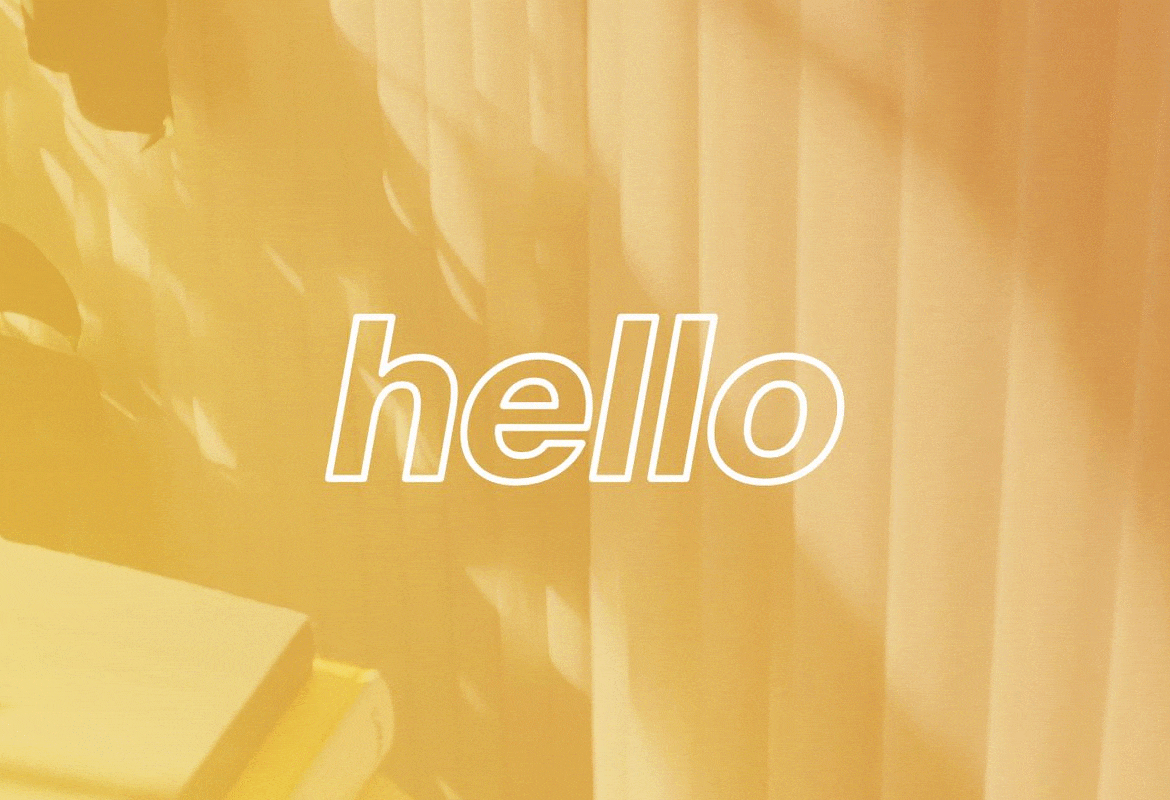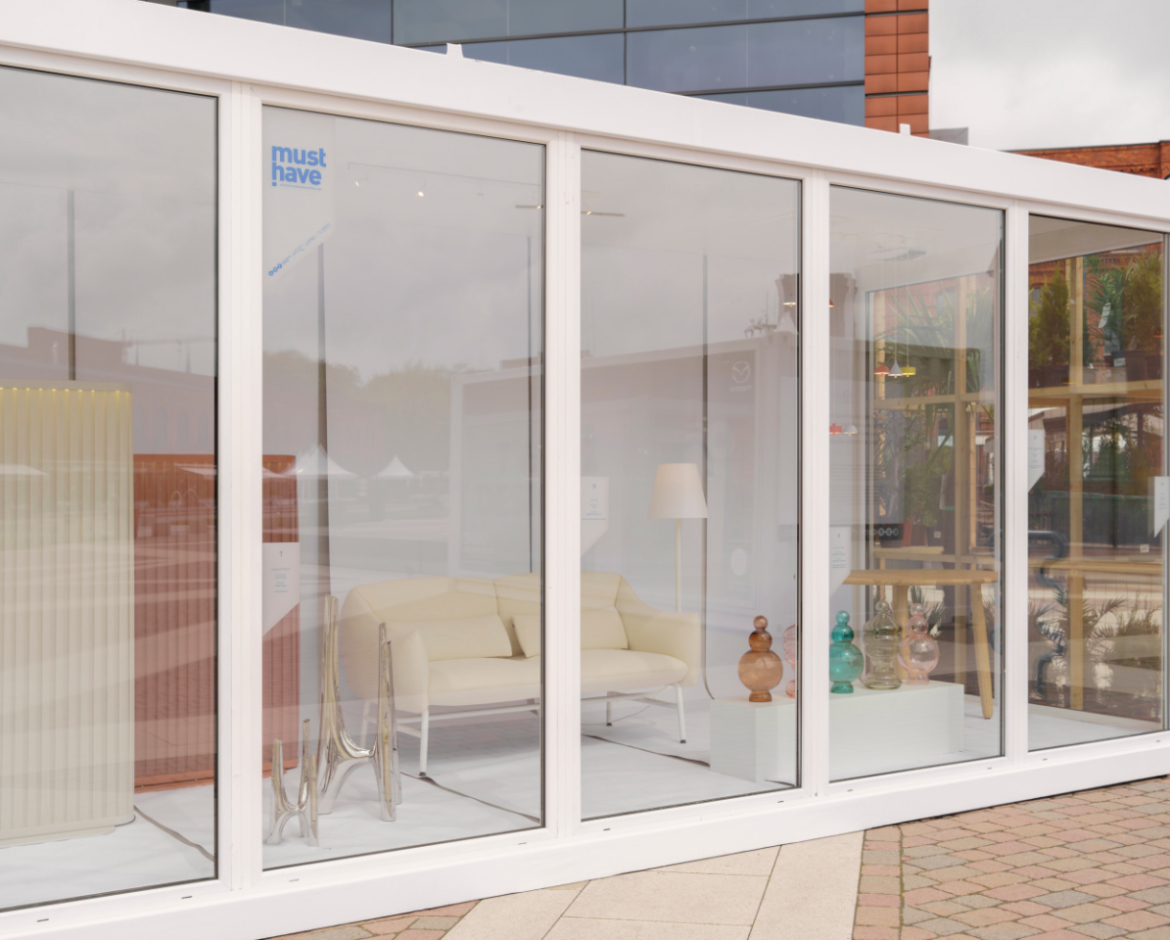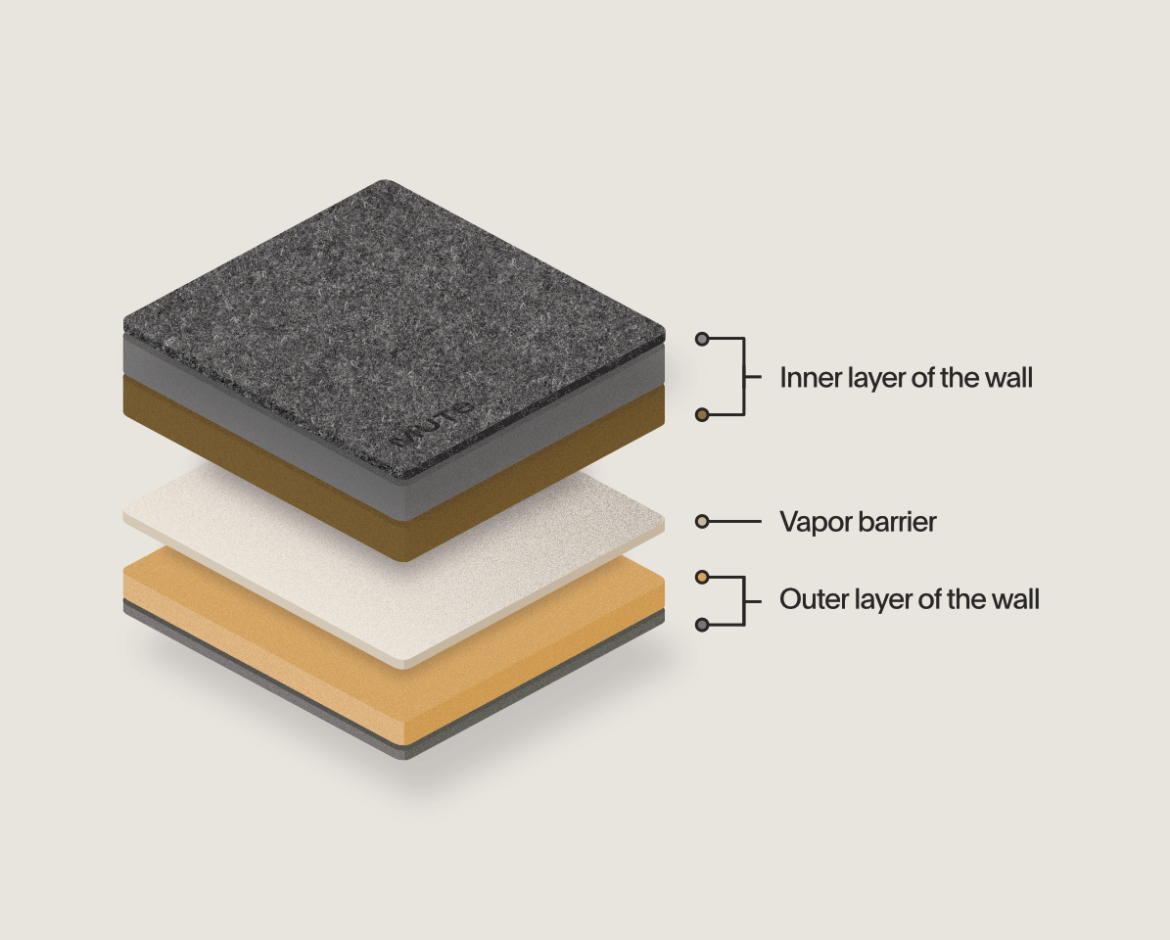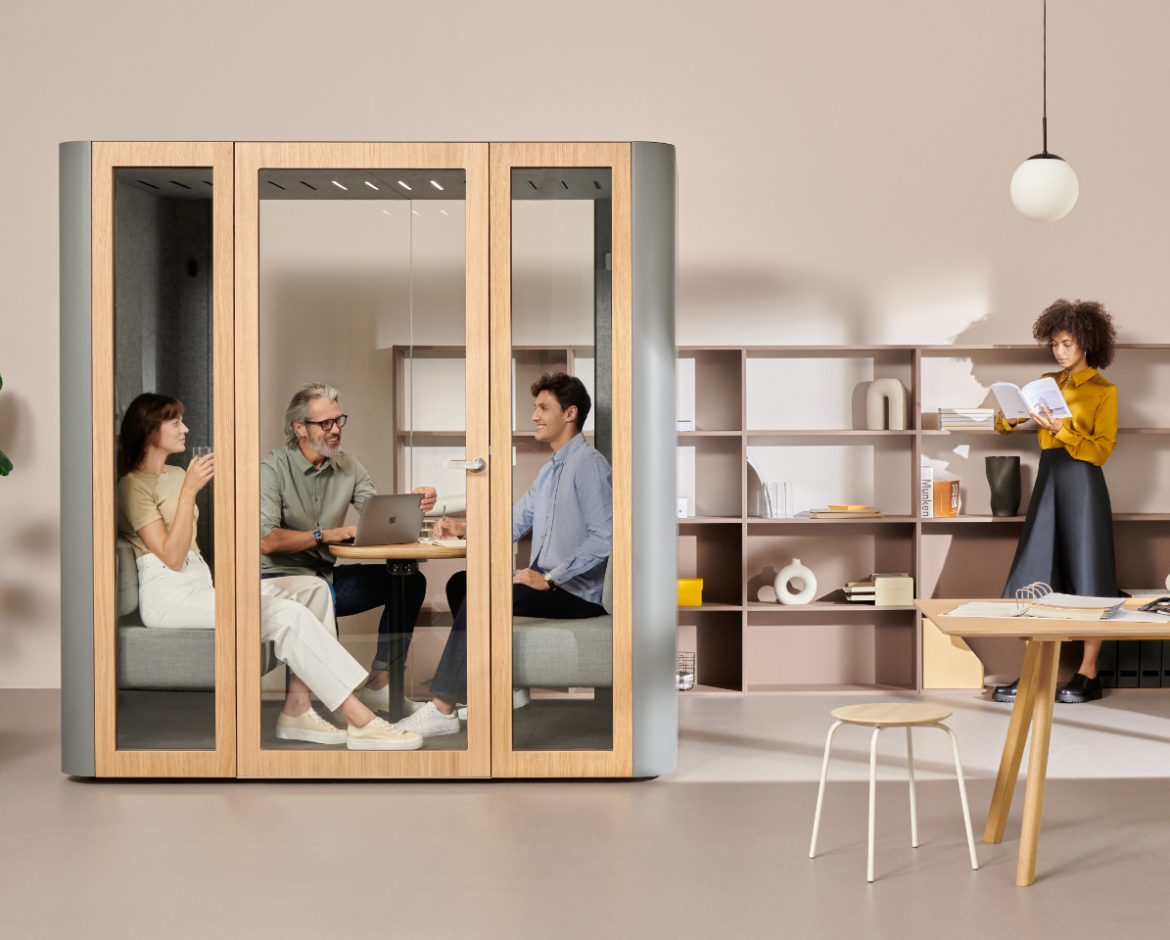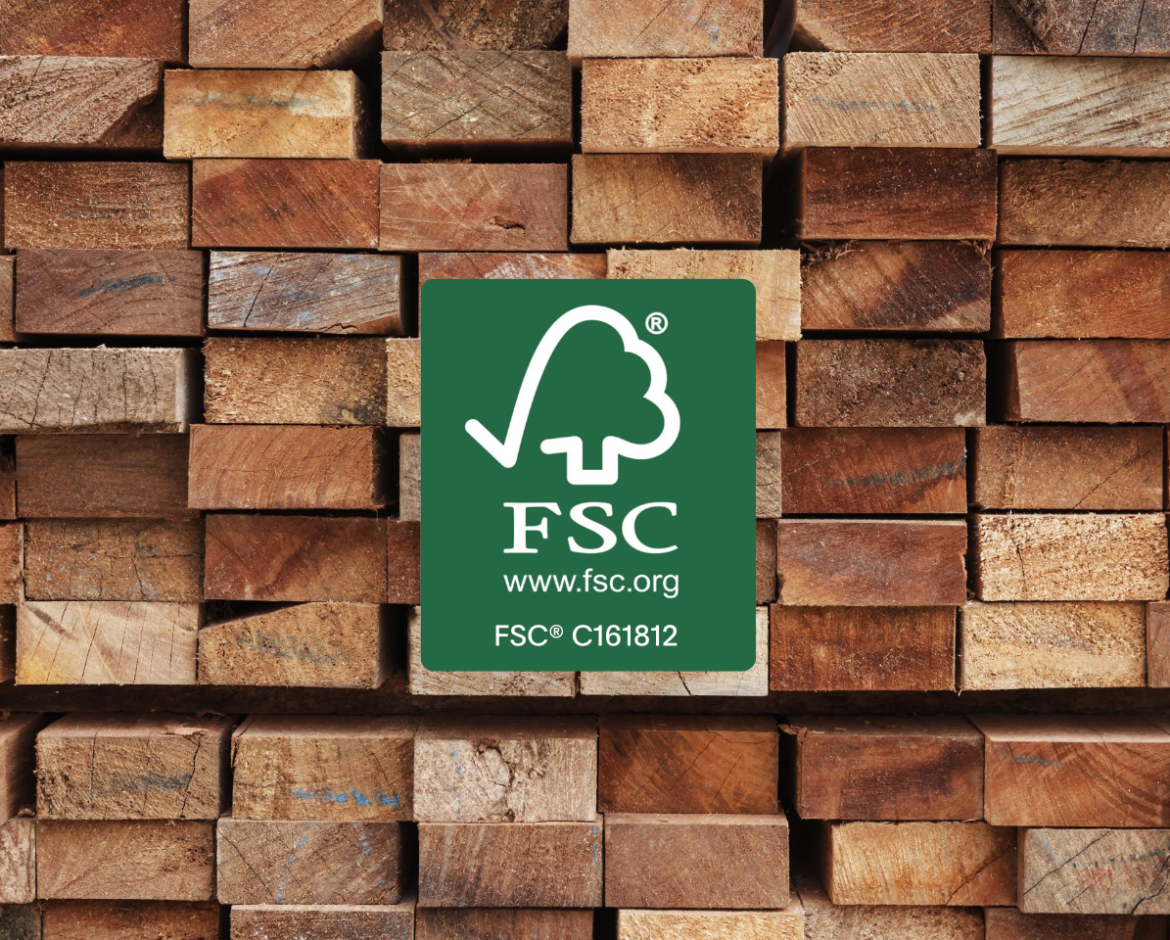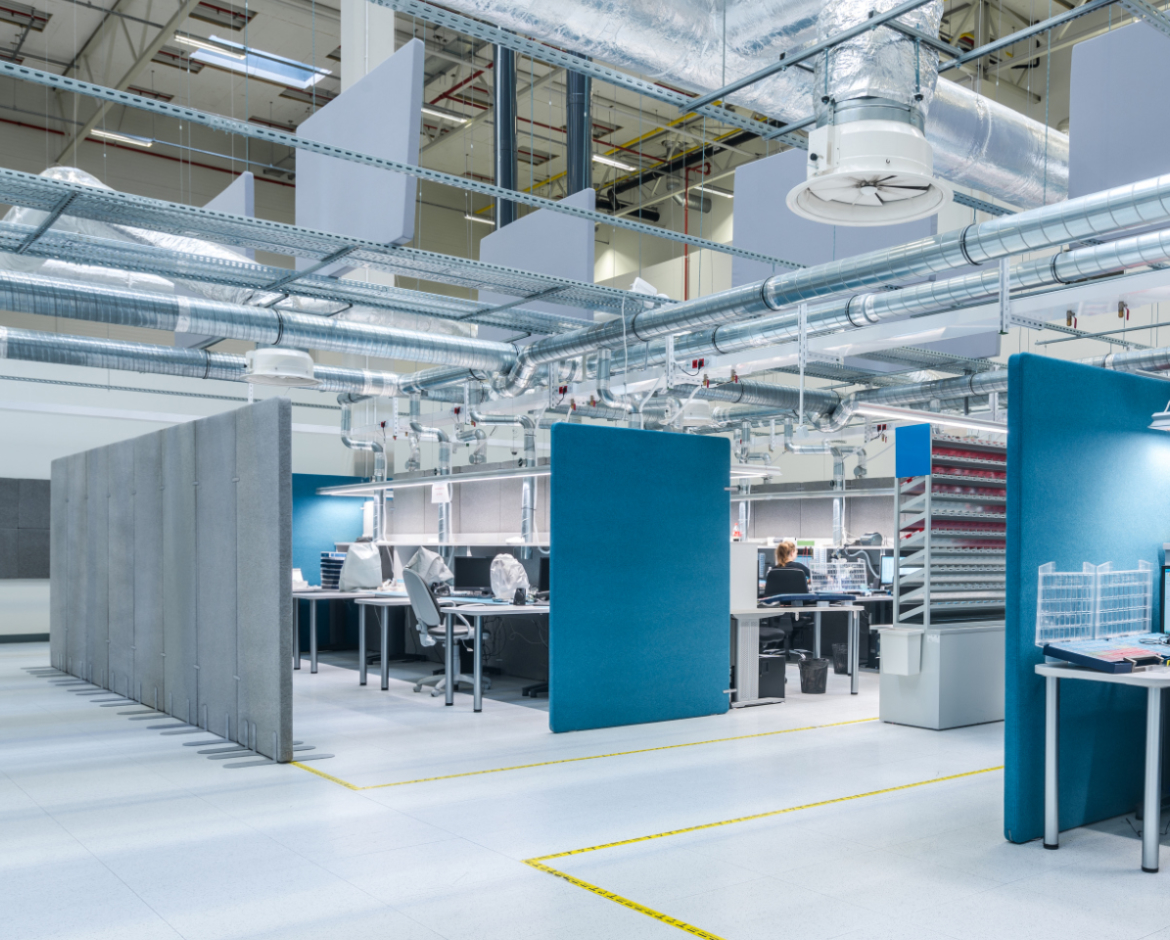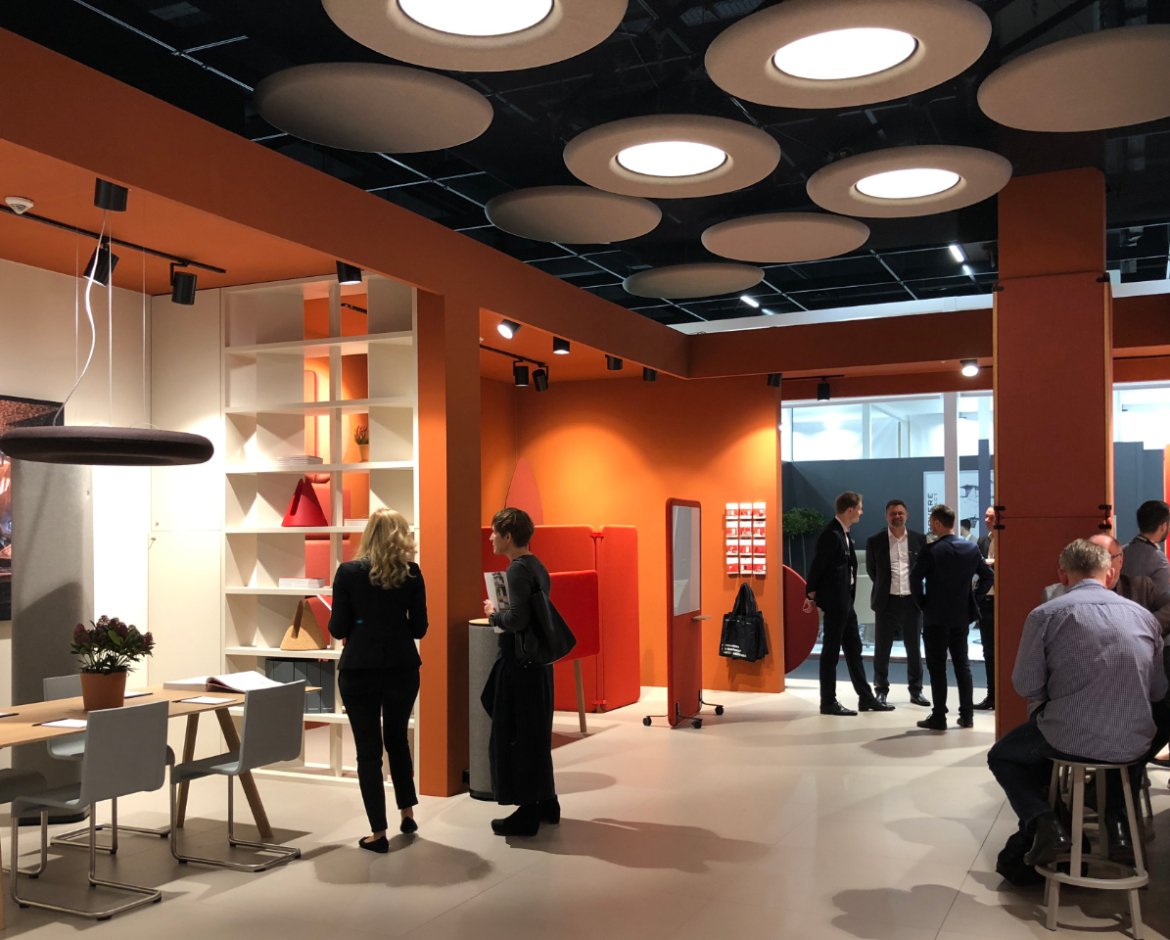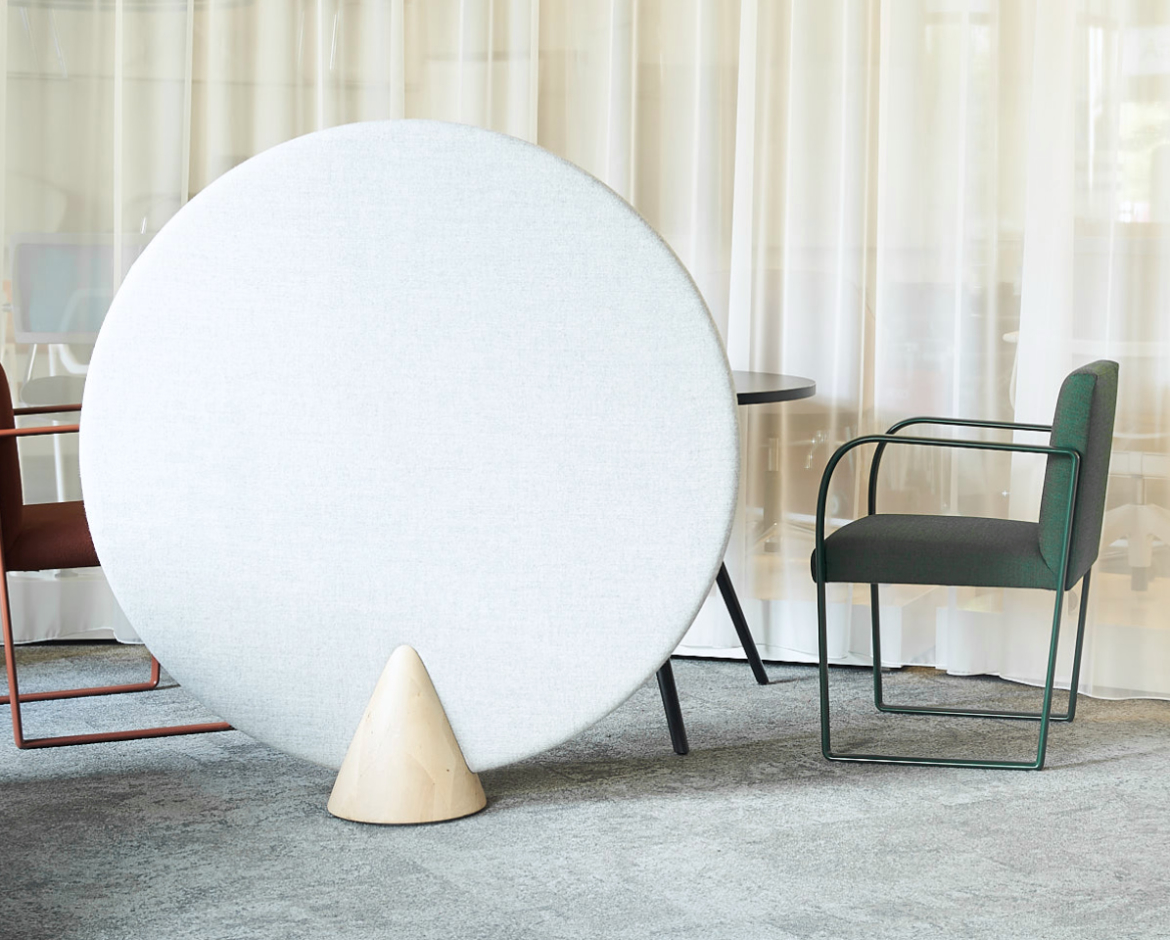We all watch movies to escape from the humdrum of everyday life. Ironically, sometimes when going to the cinema or watching favorite TV series, we land in a place we all know too well: the office. In countless movie plots, the workplace is the stage of thrills, laughs, and dramas.
Moreover, a deeper look at popular movies taking place in the business environment can teach us a thing or two about the evolution of workspaces through the last decades. Inspired by the Oscars we decided to look back at some of the most memorable offices from film and TV. What office did you think you’d enjoy the most? Which one would you never set foot in? Here are our nominees:
Most Out-of-Date Office: The Apartment (1960)
Some critics say this is the first film about the “modern” workplace. In this bittersweet comedy, Jack Lemon plays one of the 32,000 employees of a big insurance company. As funny as the movie is (the rare example of a comedy winning an Oscar for best picture), it also skillfully depicts the ups and downs of office life. A huge factory-like office set with rows of desks was very popular in the 1950s. In this film, the office itself became subject and character, wonderfully underlining the main character’s loneliness, confusion, and feeling that he was another cog in the insurance company’s machine.
Would we want to work there?
Probably not. This office’s layout is history and, honestly, we don’t regret it. Working with a few dozen colleagues in the same room, without any desk screens or sound absorbers, would mean constant distractions and total lack of privacy.
Most Stylish Office: Mad Men (2007-2015)
Who doesn’t know this award-winning series about the Sterling Cooper advertising agency? Set in the 1960s, it beautifully depicts the clothes, hairstyles, and design trends of the time. Although the storying is gripping and the witty one-liners are memorable, something to behold is the show’s stylish interiors design and attention to detail. The 1960s was a revolutionary time not only in culture but also in workplace design.
You can observe the evolution throughout the show’s seven seasons. Note that in the first seasons, the office looks like a swankier version of the one depicted in The Apartment. In the later seasons, there are more shared, free-form, and collaborative spaces for brainstorming. The more flexible setting is the sign of incorporating the “landscape office” concept (we wrote more about it here).
Would we want to work there?
We are of two minds. We’re all in when it comes to sitting in leather office chairs and taking two hour lunches and an afternoon nap. But working with Don Draper and inhaling cigarette smoke all day—not so much.
Most Distracting Office: The Office (US Version, 2005-2013)
The Scranton, PA Dunder Mifflin Office presented in “The Office” is the stage for many activities other than work (pranking, procrastinating, parkour sessions). But is the team really to blame? When we look closer at “The Office’s”, erm, office, we notice it’s not designed for serious work: it’s messy, crowded, and doesn’t have much natural light. Only manager/boss Michael Scott has an office with windows. The employees sit close to each other, leading to distractions and fights. Those quarrels are fun to watch but are also devastating for productivity. This really leads us to wonder, how was the Scranton branch regularly a top revenue generator?
Would we want to work there?
For most of us, it would be a dream come true (we’ve already spent hundreds of hours there). However, we think the office layout would need a tweak or two. At the very least, some acoustic pods dedicated to focused work would help Jim get some real sales calls done—and when other employees are sick of listening to Jim and Dwight fight about what kind of bear is the best. Oh! We can’t forget: a bigger 6-person soundproof pods is the perfect place to hold party-planning committee meetings.
Best Depiction of 90s Office Style: The Matrix (1999)
The 1990s was the cubicle era. You’ll see cubicle-filled offices in films like American Beauty, Working Girl, and Fight Club. But in our opinion, The Matrix is the best example to mention. At the beginning of the film, Neo receives a package at his secluded workstation and later escapes through the labyrinth of grey cubicles.
Surprisingly, cubicles were invented as flexible elements, designed to be reshaped regularly and help densely packed mid-level employees swiftly organize the space for co-working or to separate into teams. But later, cubicles became widely popular and often overused. In this short scene, the claustrophobic and isolated feeling of the cubicle craftily mirrors the main character’s situation.
Would we want to work there?
Nope. We prefer an office sans cubicle, to encourage better team collaboration and communication. Replacing the cubicles with more transparent privacy screens would do the job. It would be harder to escape from the agents, but as they say, “when there’s a will, there’s a way.”
We hope you enjoyed our little summary. If you haven’t seen some of these films and shows, we highly recommend them! We’re sure you will find more insights and observations yourself—and have some good laughs, cries, and suspense along the way. And next time you see a movie, check out workspace design for inspiration or what to avoid.
You might also like
Infrastructure Giant VINCI Energies Revamps Office with Mute Modular
Future-Proofing Properties: Adaptability in Commercial Real Estate Market
Neuroarchitecture in the Workplace: How Space Can Affect Performance and Comfort
Sounds Like Change – Inside the New Spectacular CANPACK Workspace
Back to Basics: 3 Golden Rules to Follow While Buying Acoustic Pods
Glass Never Sounded Better – Inside the Marvelous Wutkowski Office
Eudaimonia Machine – What Does an Ideal “Deep Work” Office Look Like?
How Trzop Architekci Brought Silence and Tranquility to the L’Oreal Office
How the Pandemic Helped Us Realize What the Perfect Workspace Looks Like
Well-Being Boosters: 4 Reasons to Improve the Acoustics in Your Office
How Widex Boosted Their Quality Index Up to 98% with Top Acoustic Solutions
How Widex Boosted Their Quality Index Up to 98% with Top Acoustic Solutions
Be the first to know!
Join our newsletter and keep your inbox energized!
Don’t miss out on product launches and all major updates concerning our offers.
